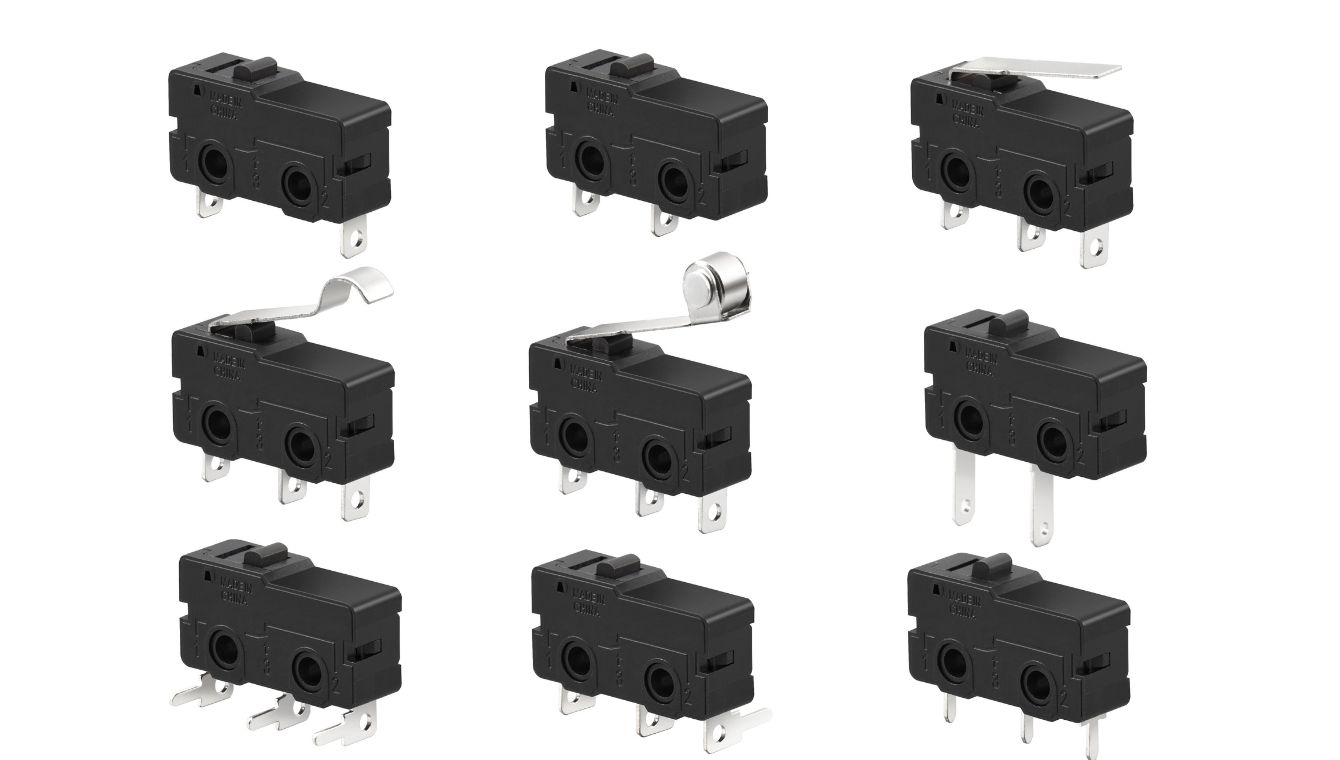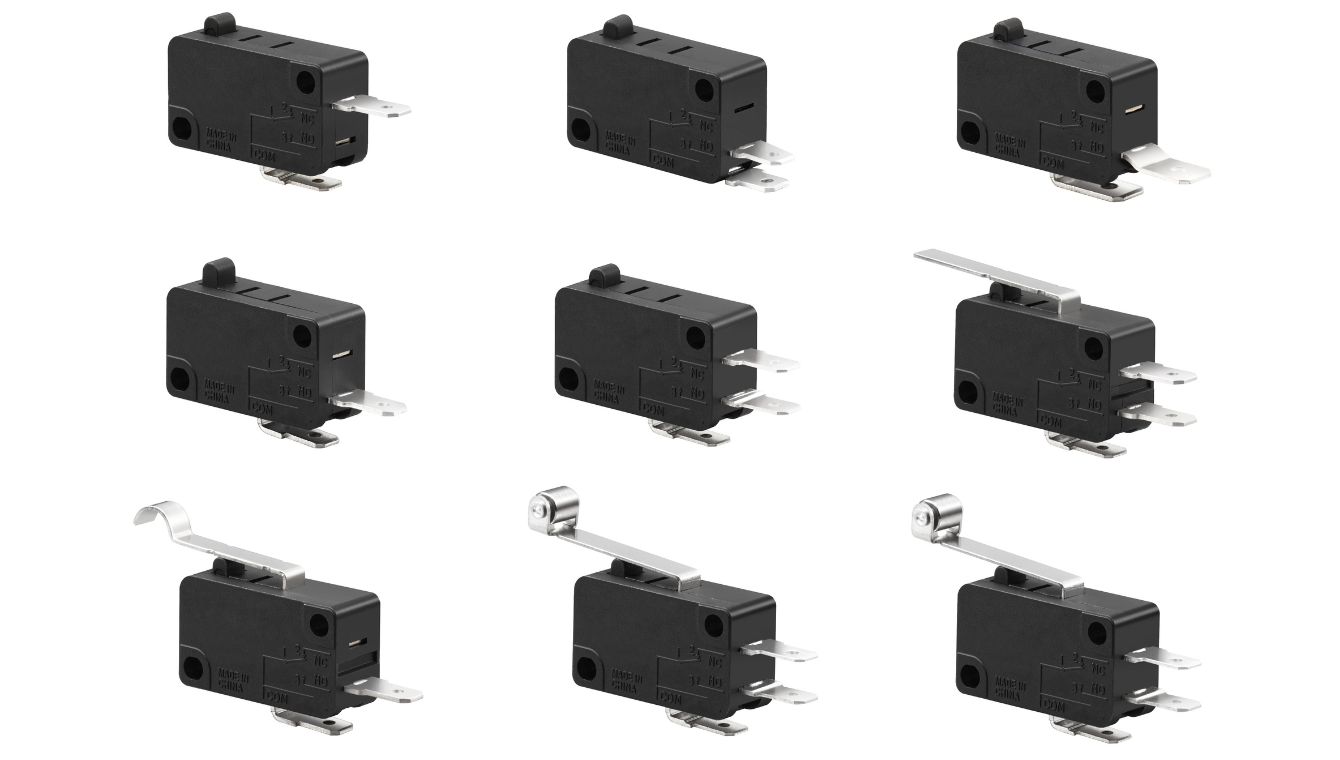How to Select the Right Mini Micro Switch?
Choosing the appropriate micro switch for your application involves considering several key factors. The right selection ensures optimal performance, reliability, and longevity in your specific operating environment.
Mini Micro Switch

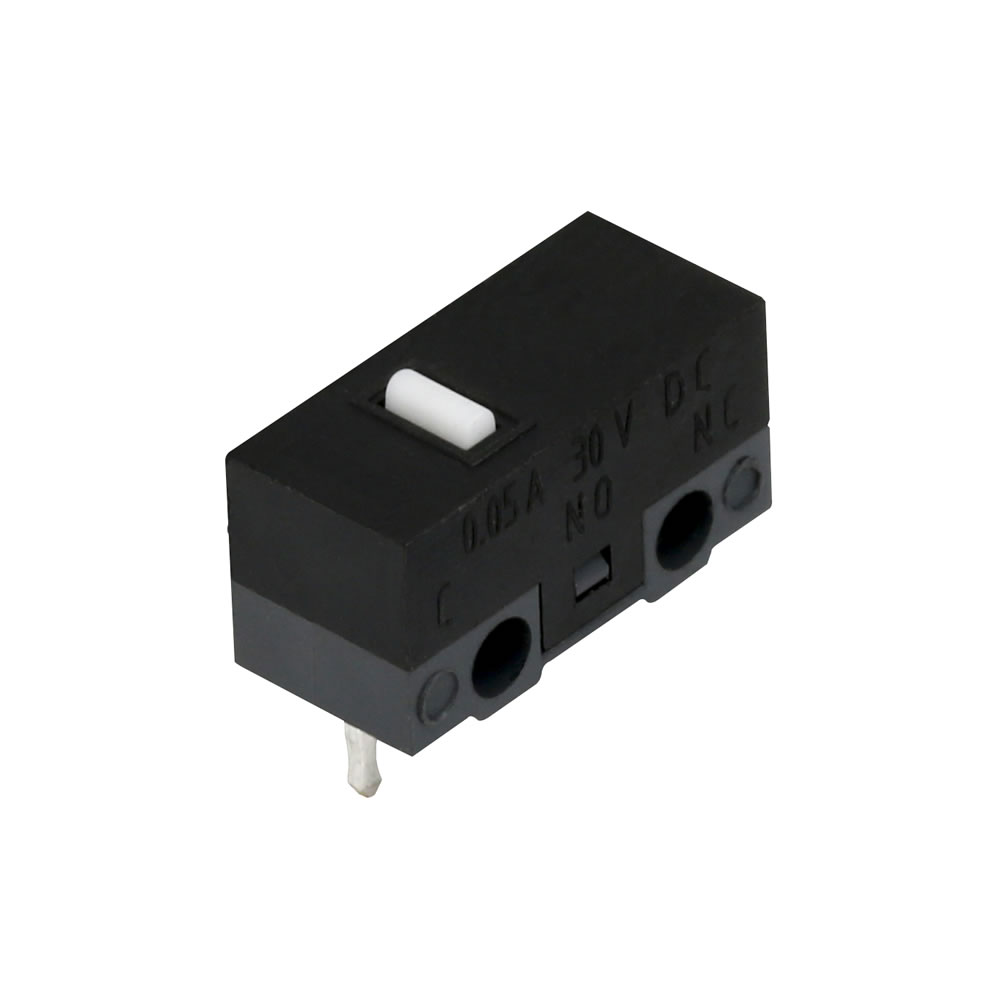
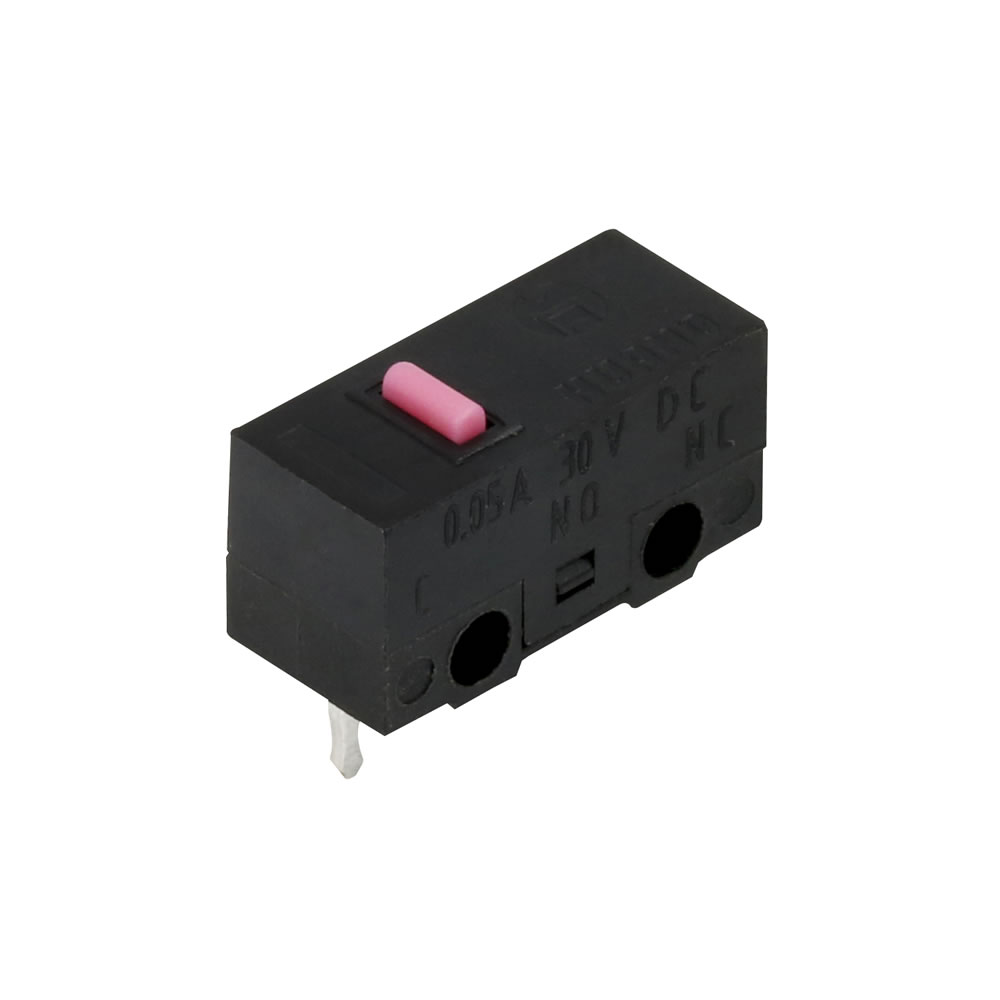
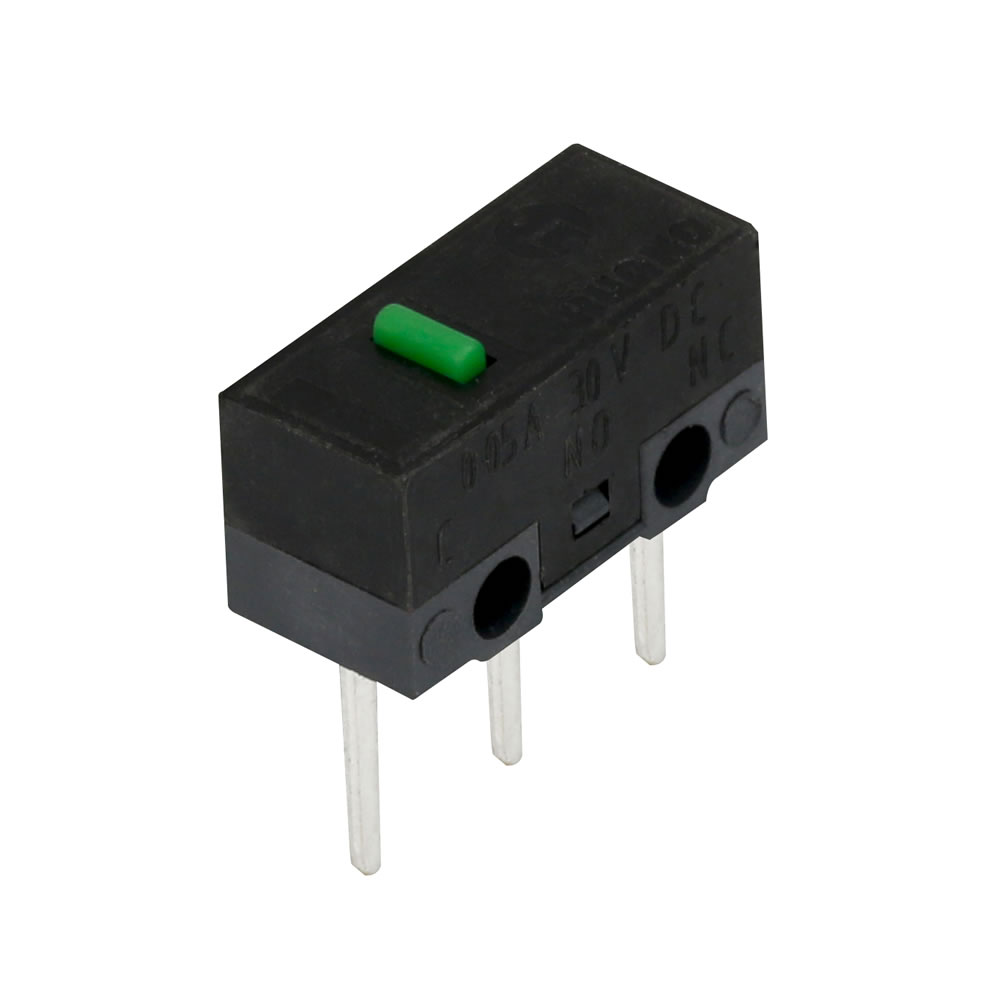
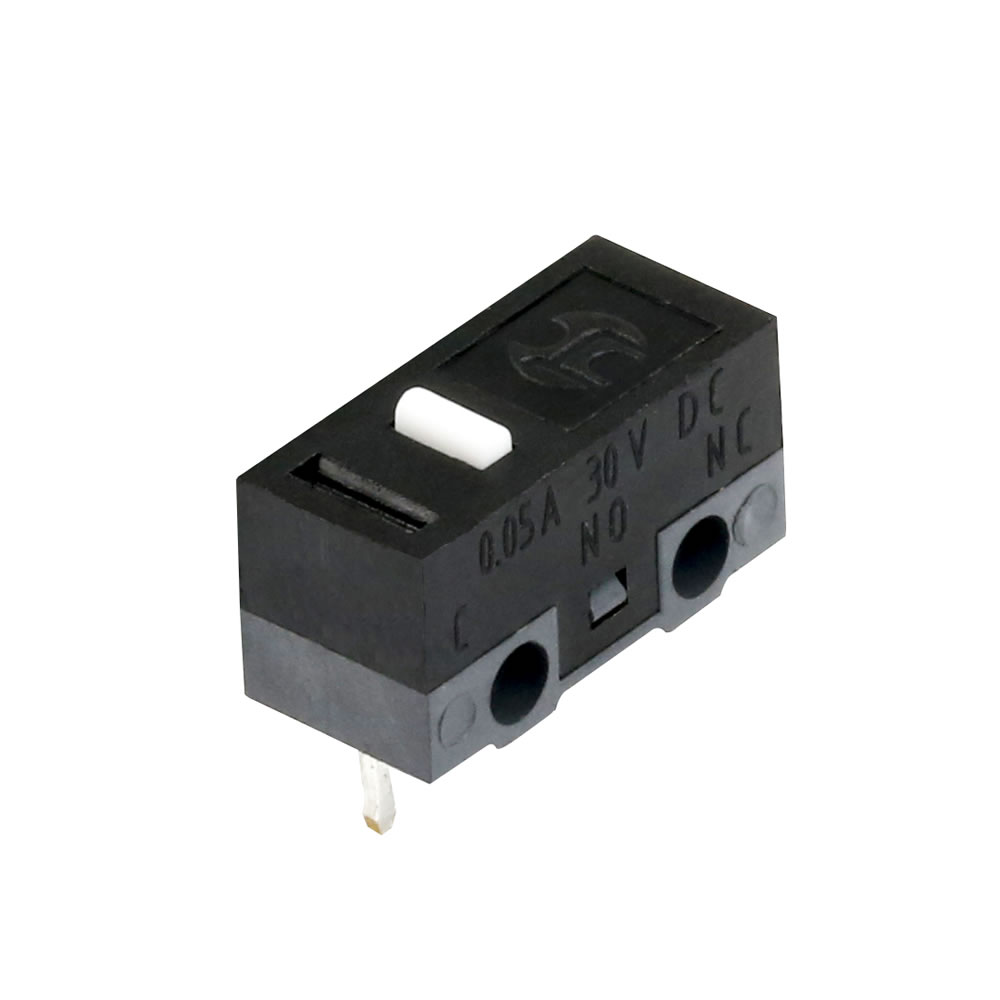
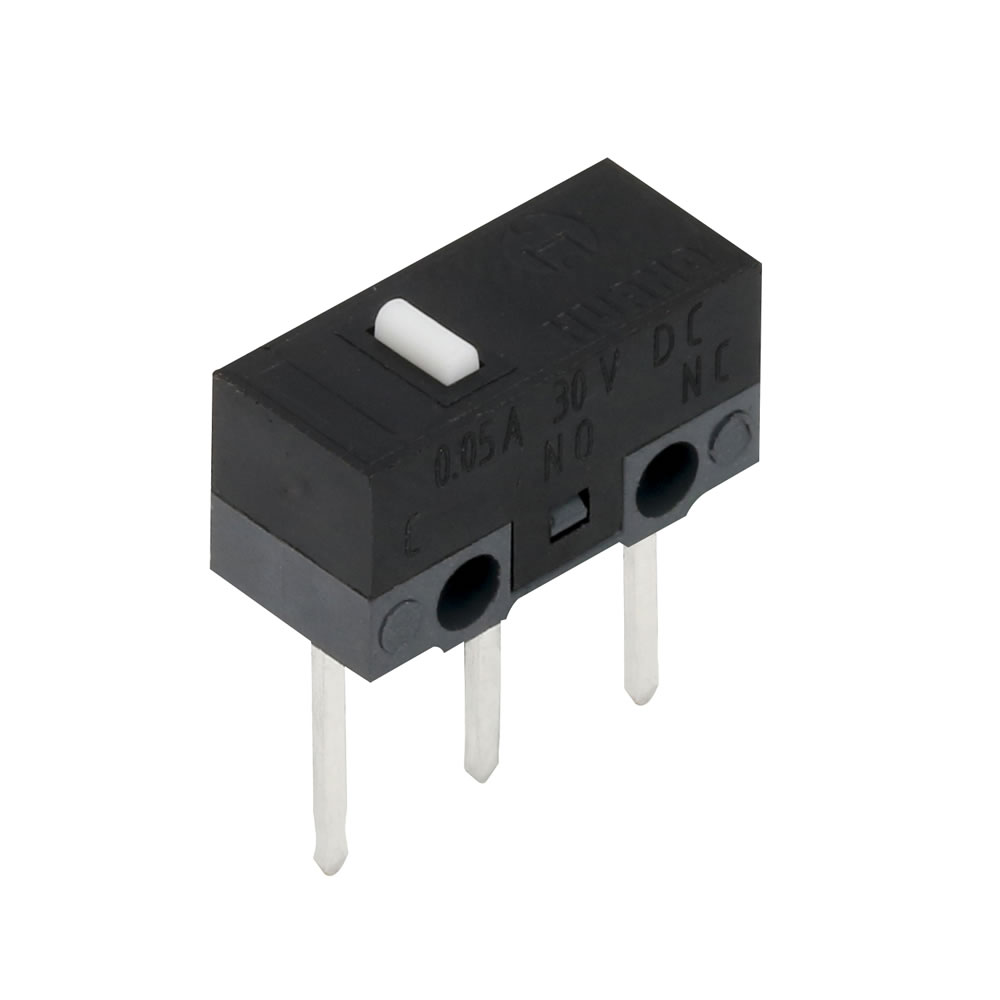
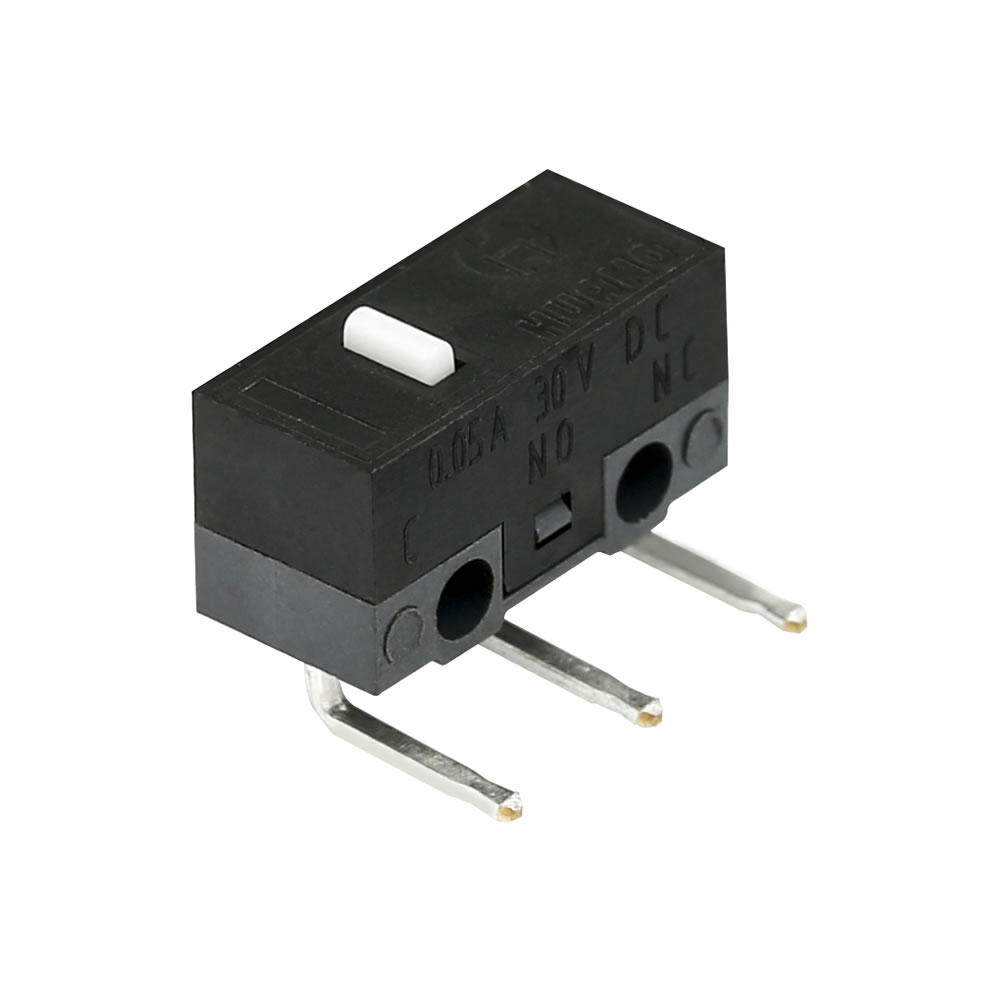
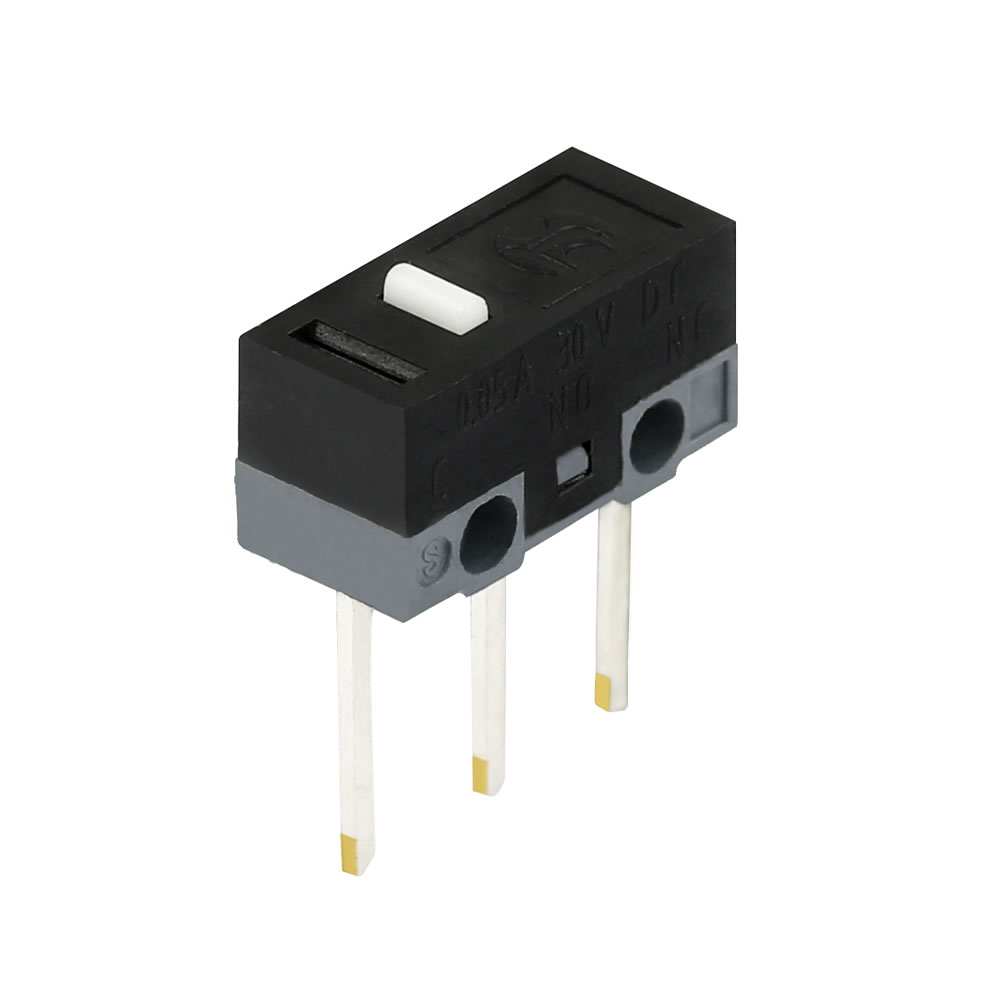
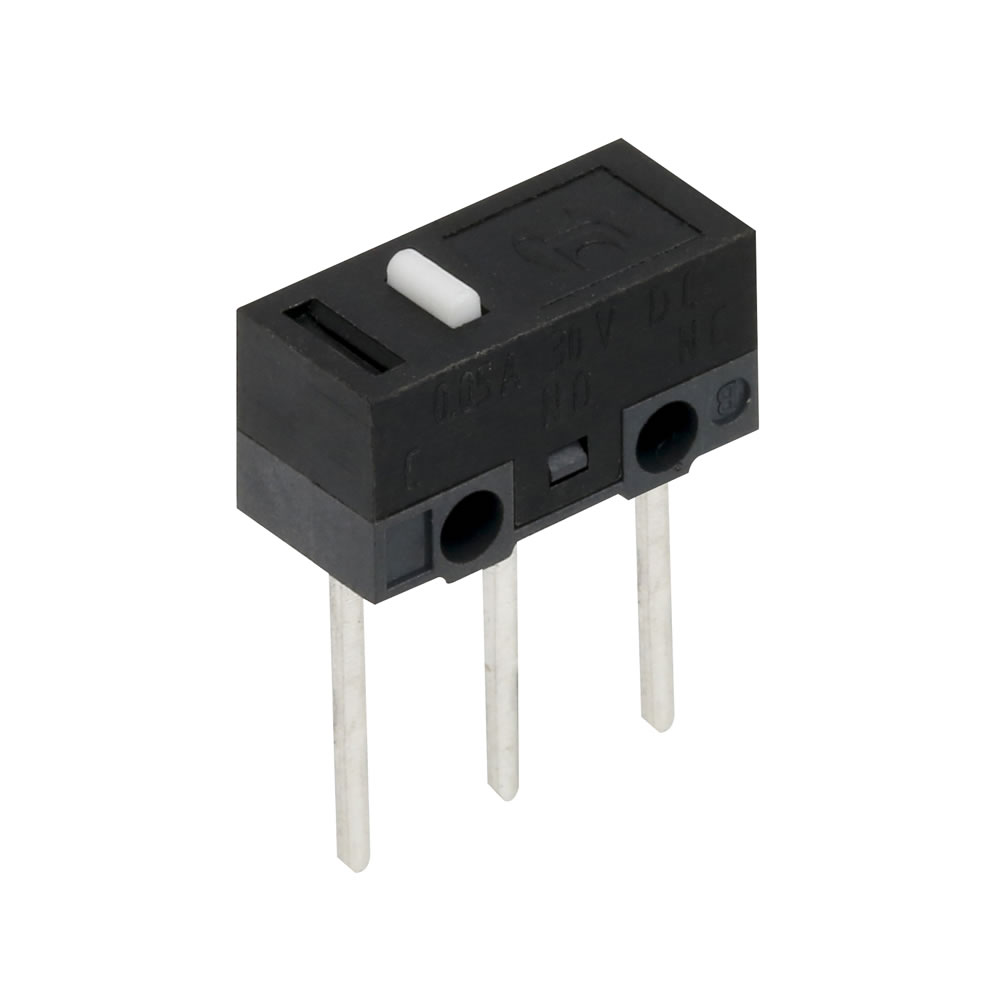
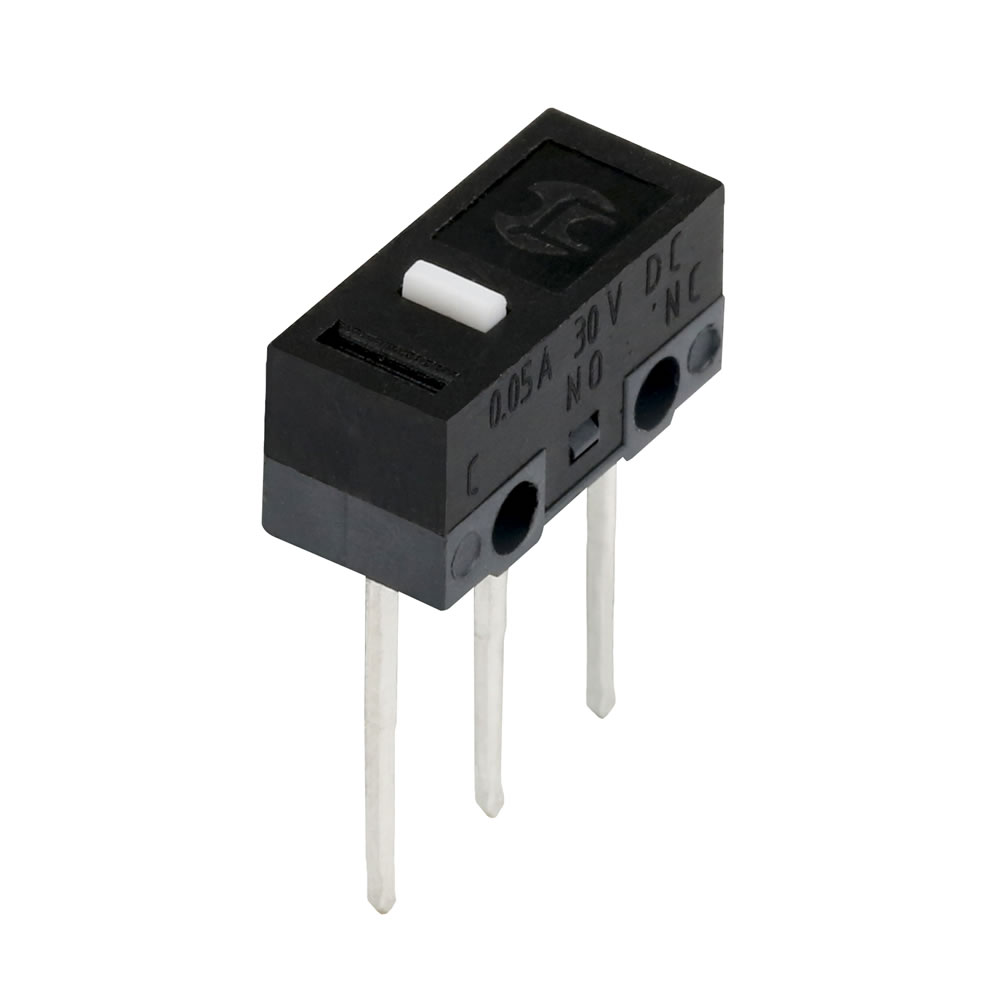
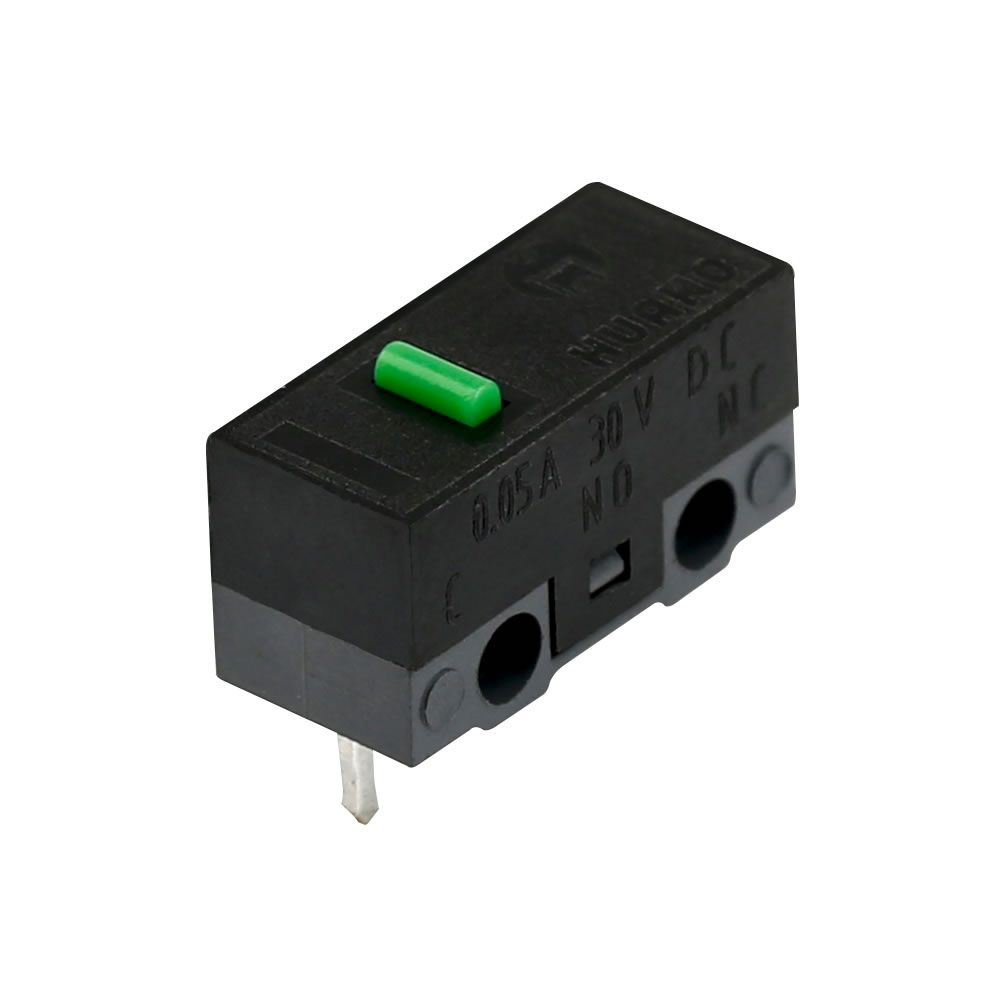
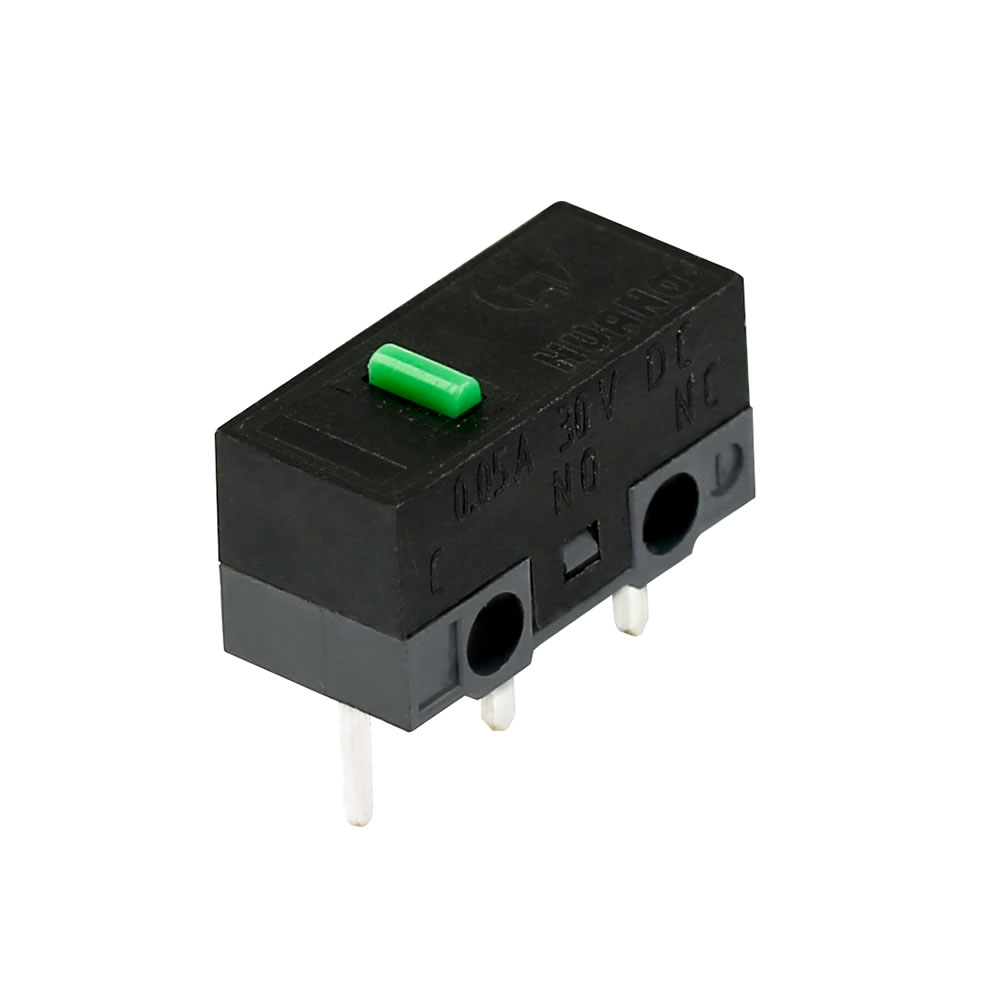
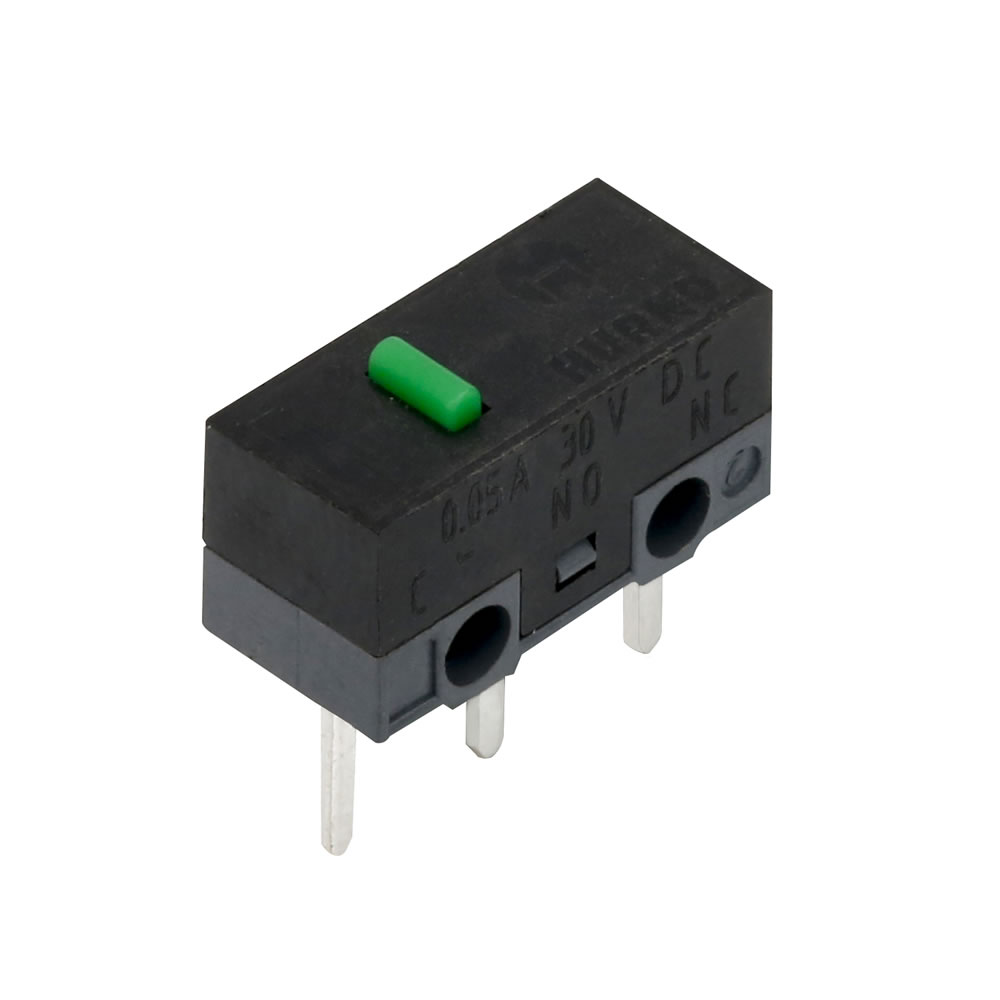
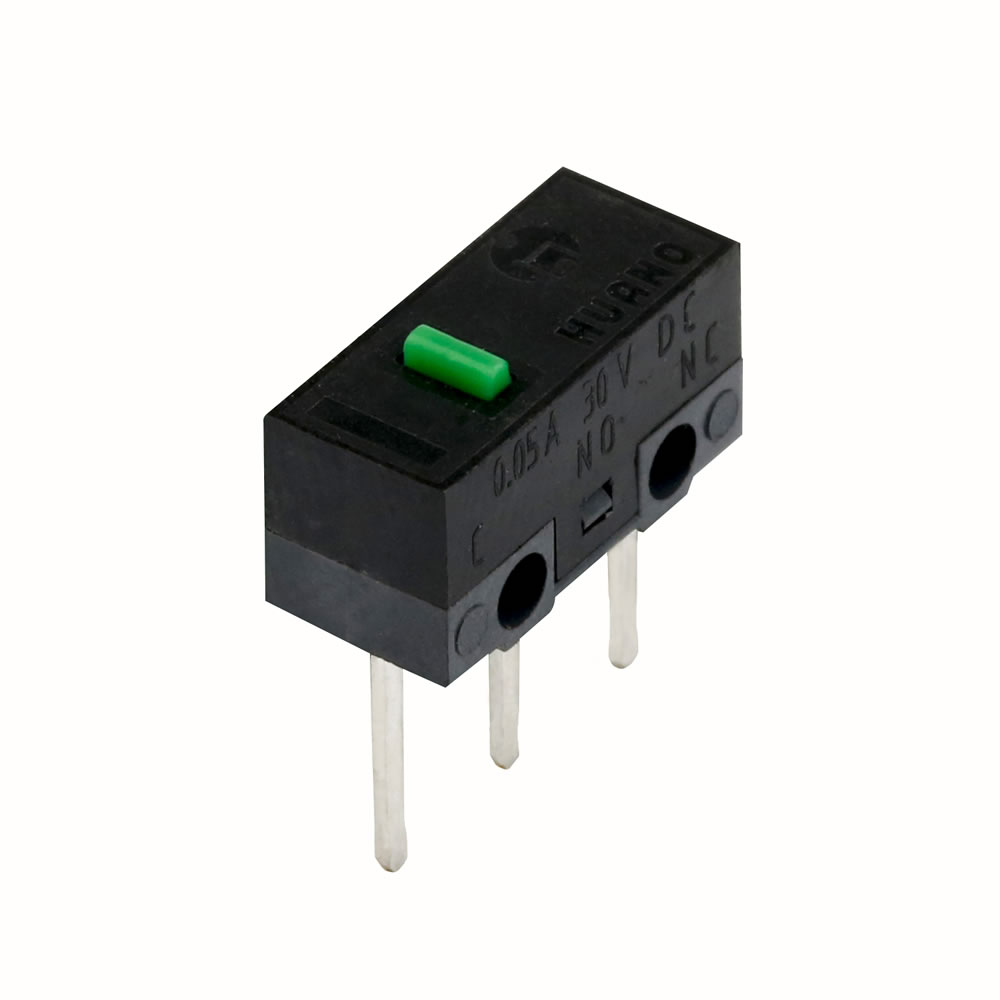
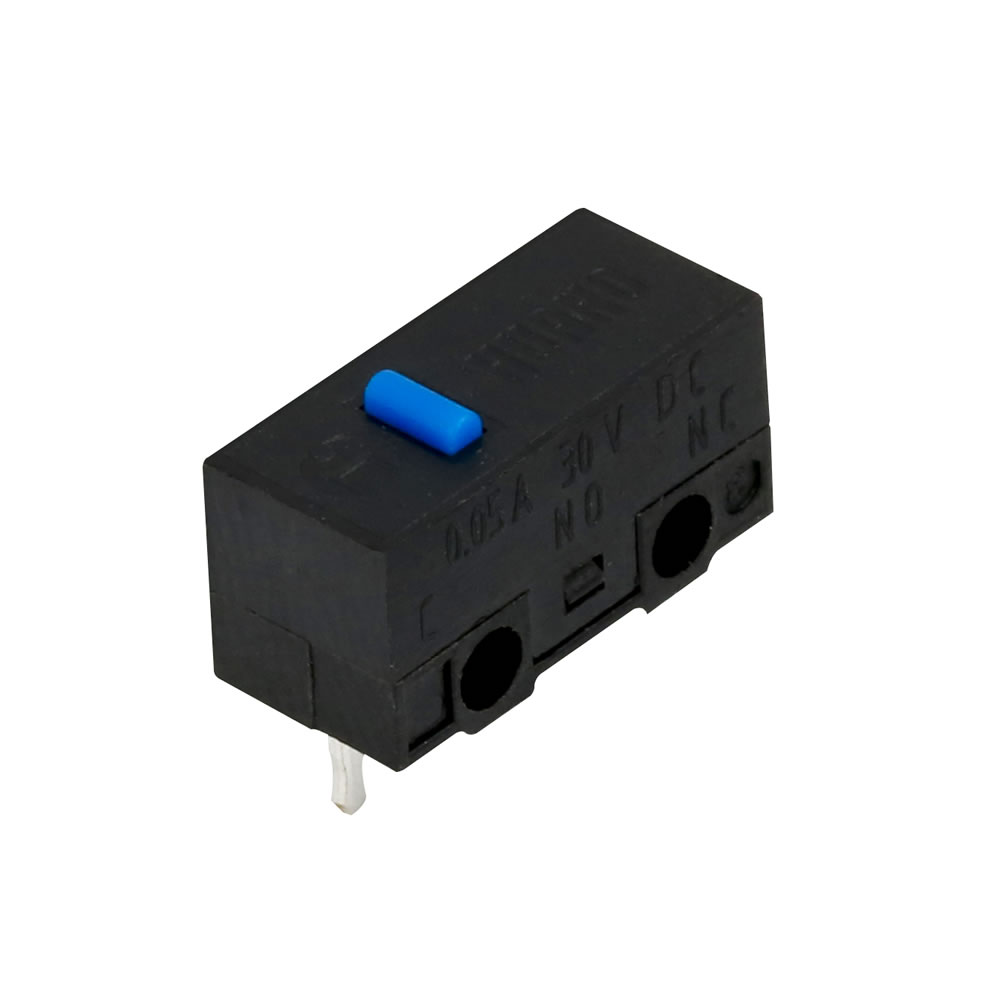
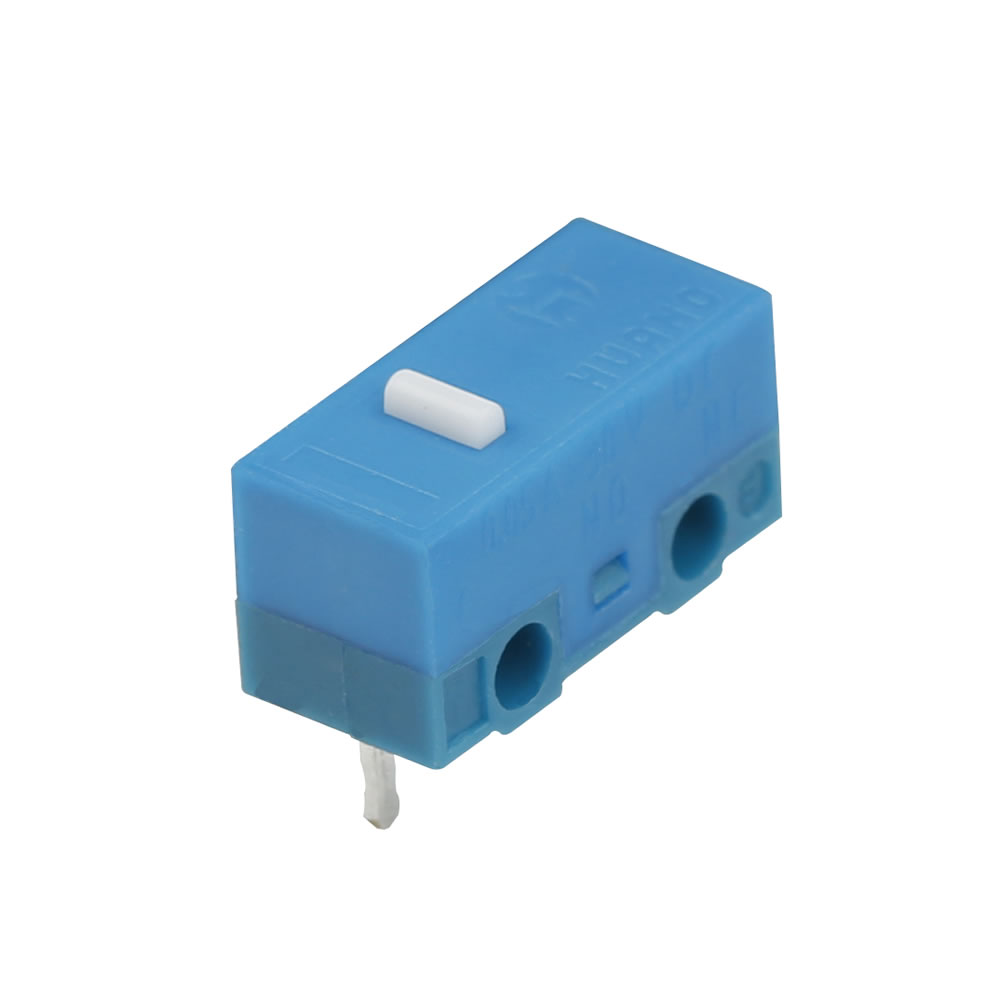
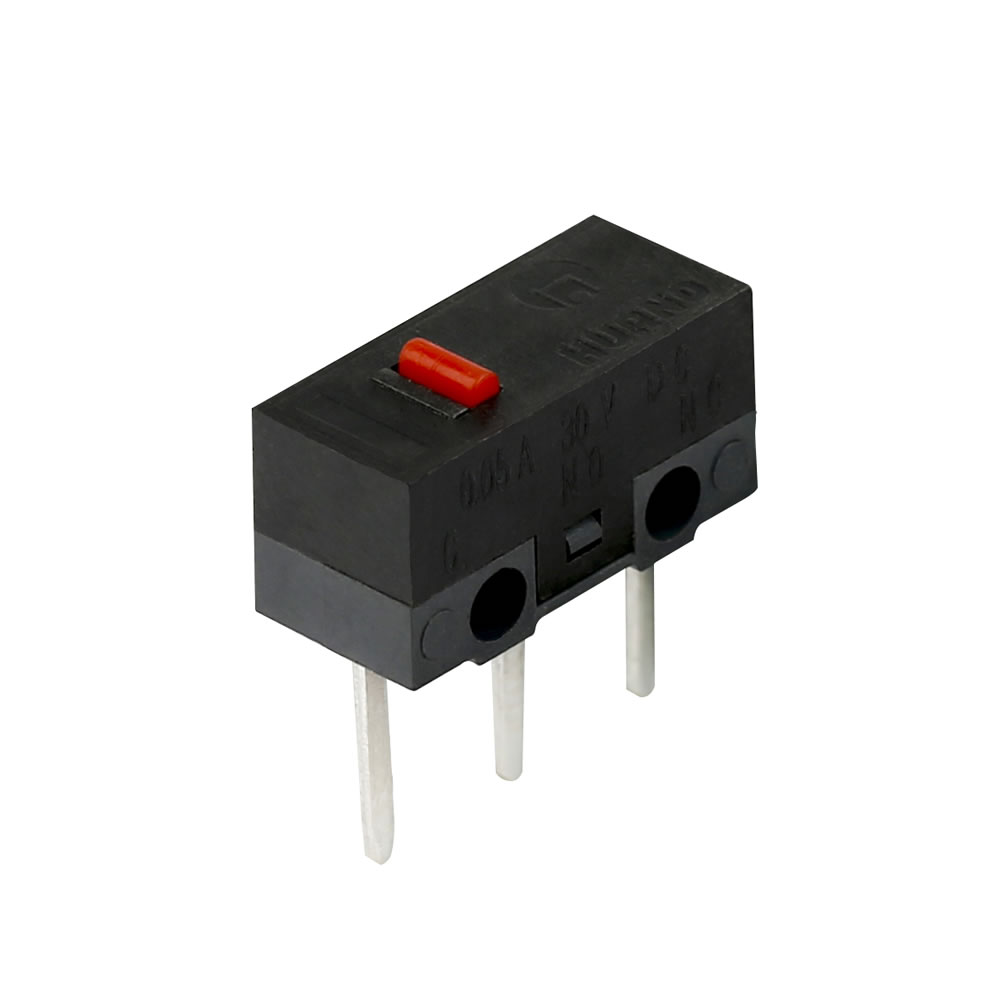
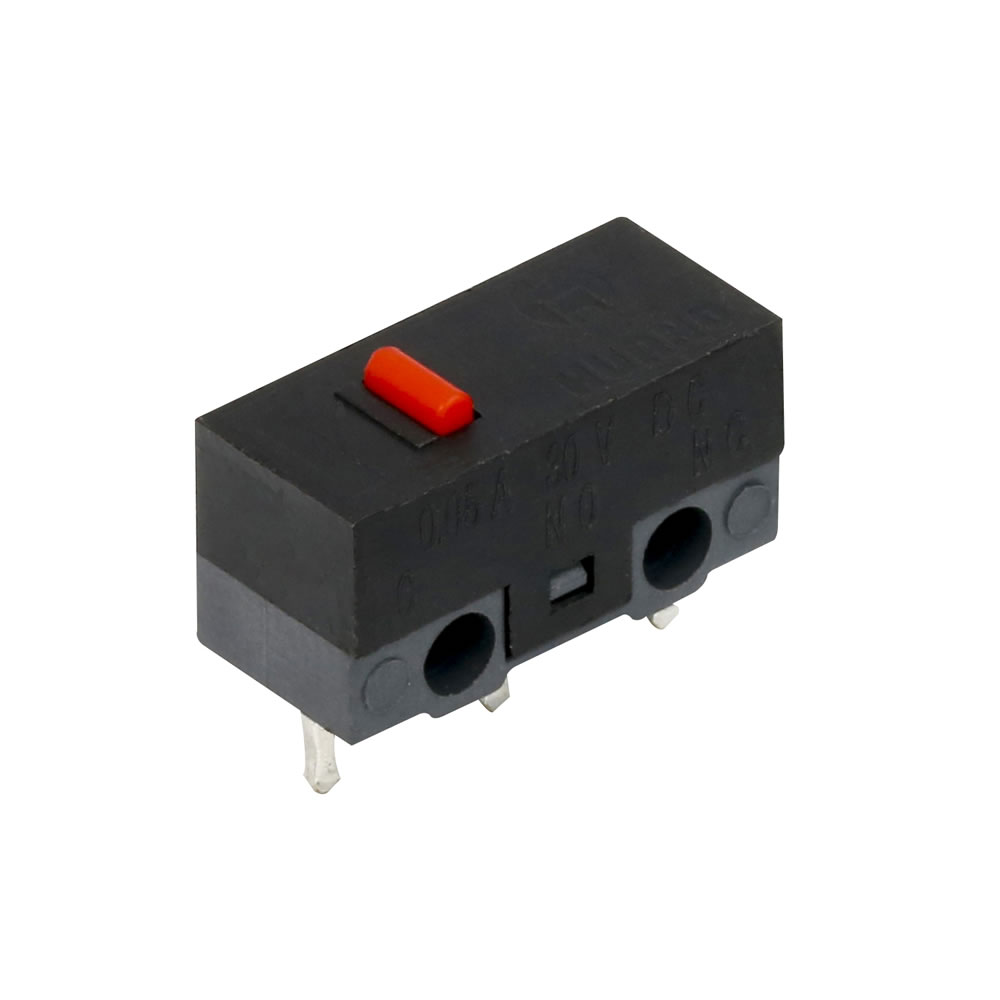
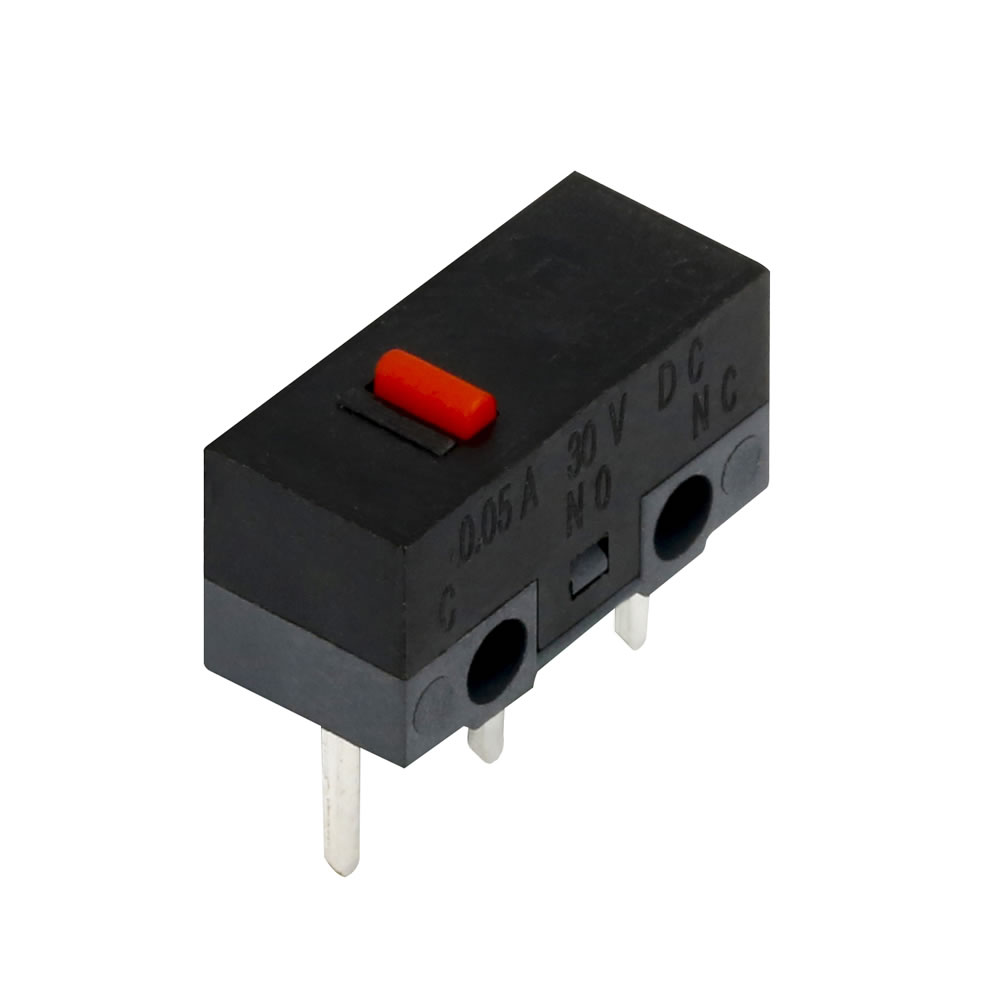
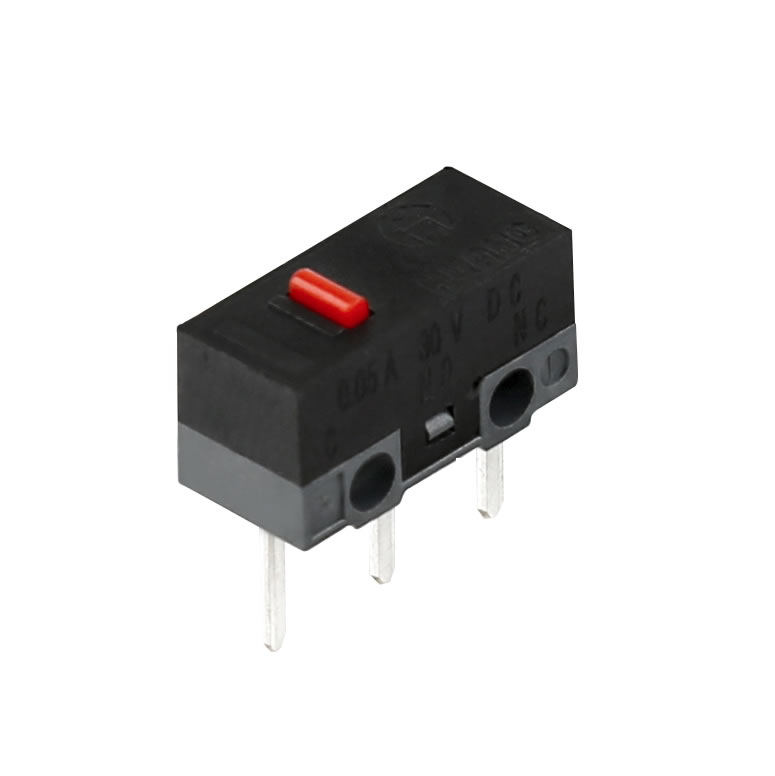
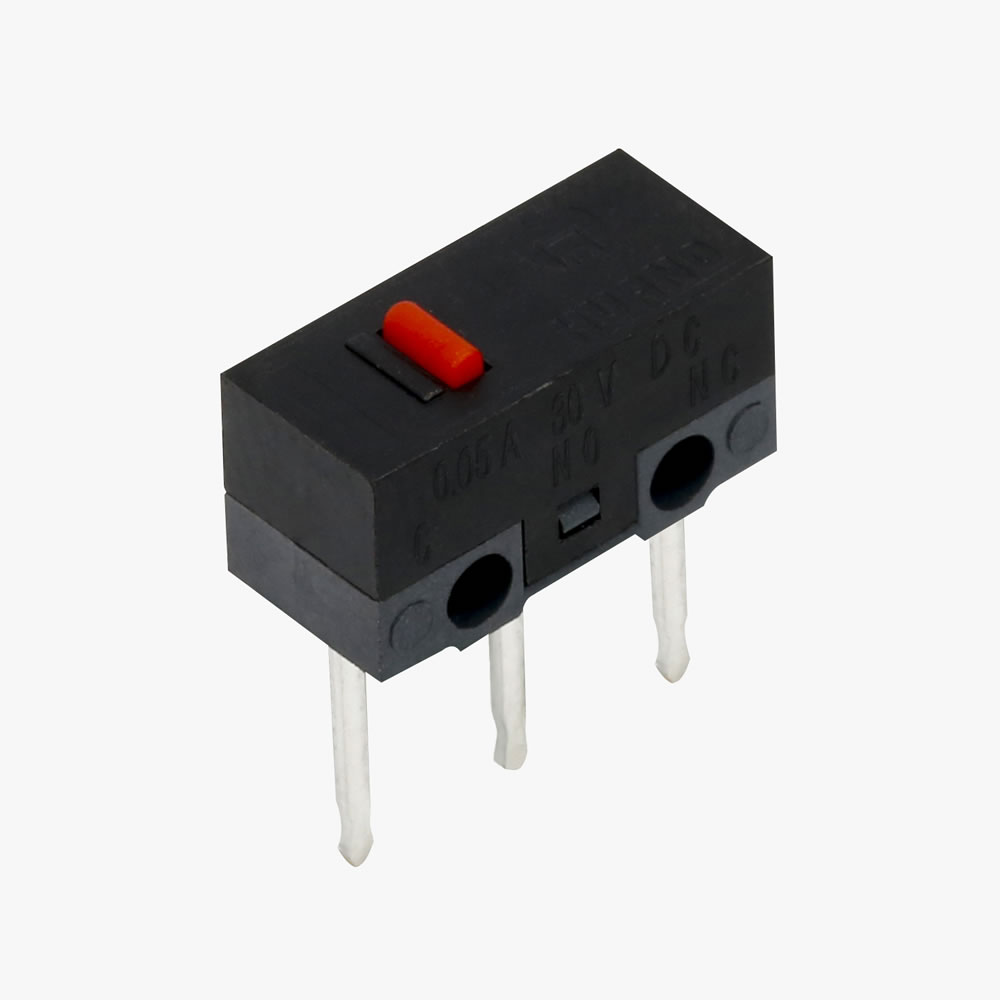

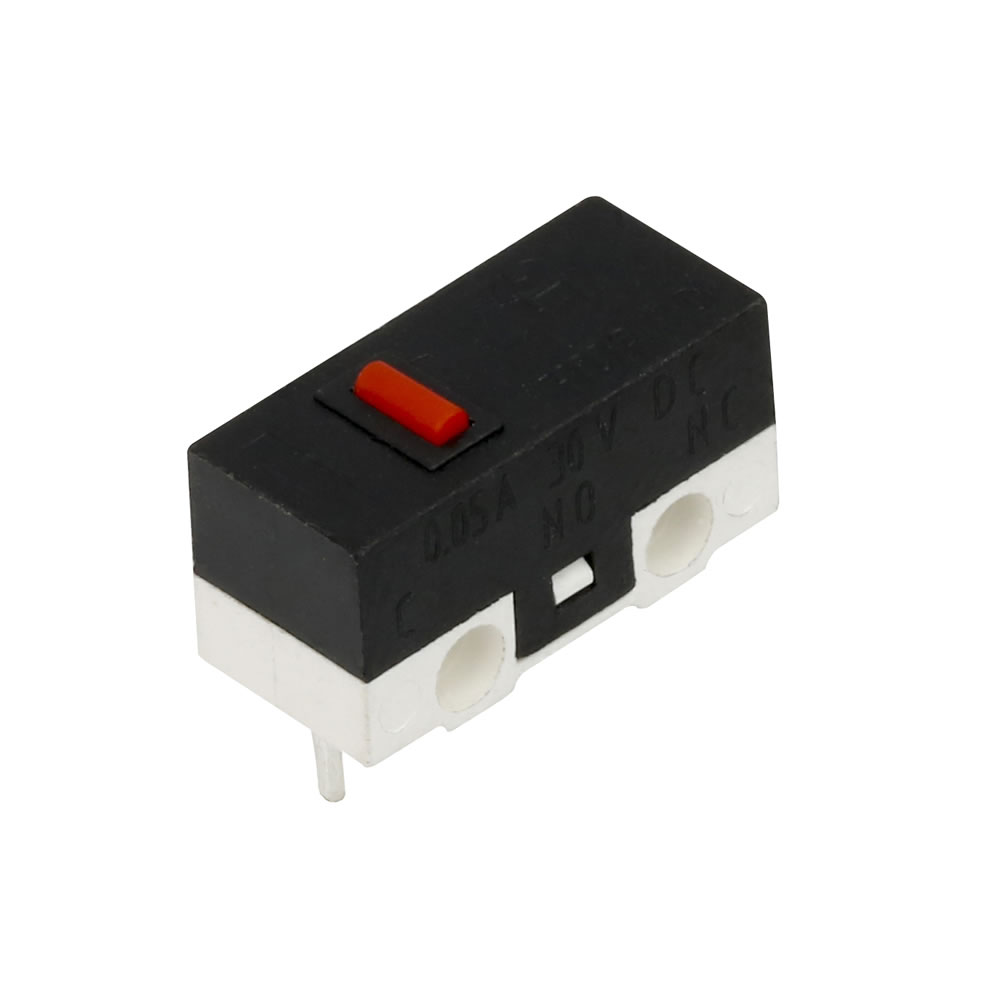

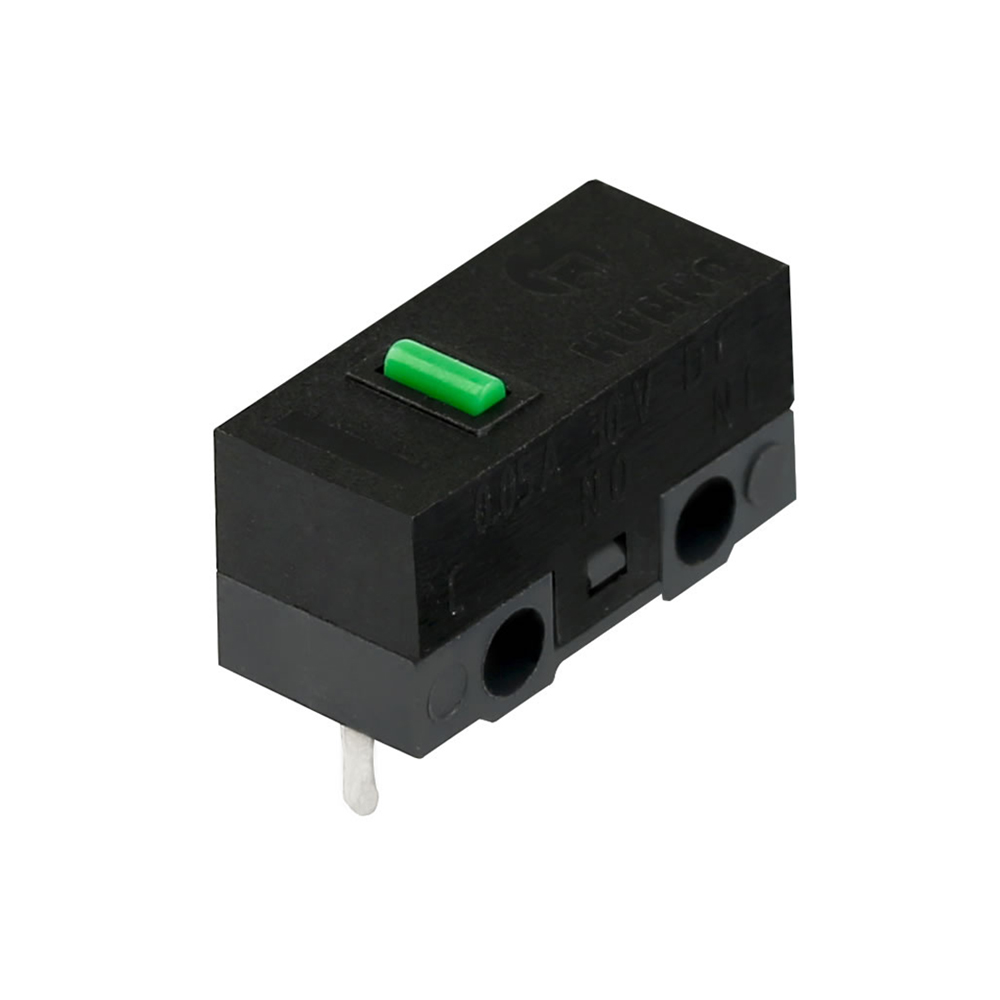
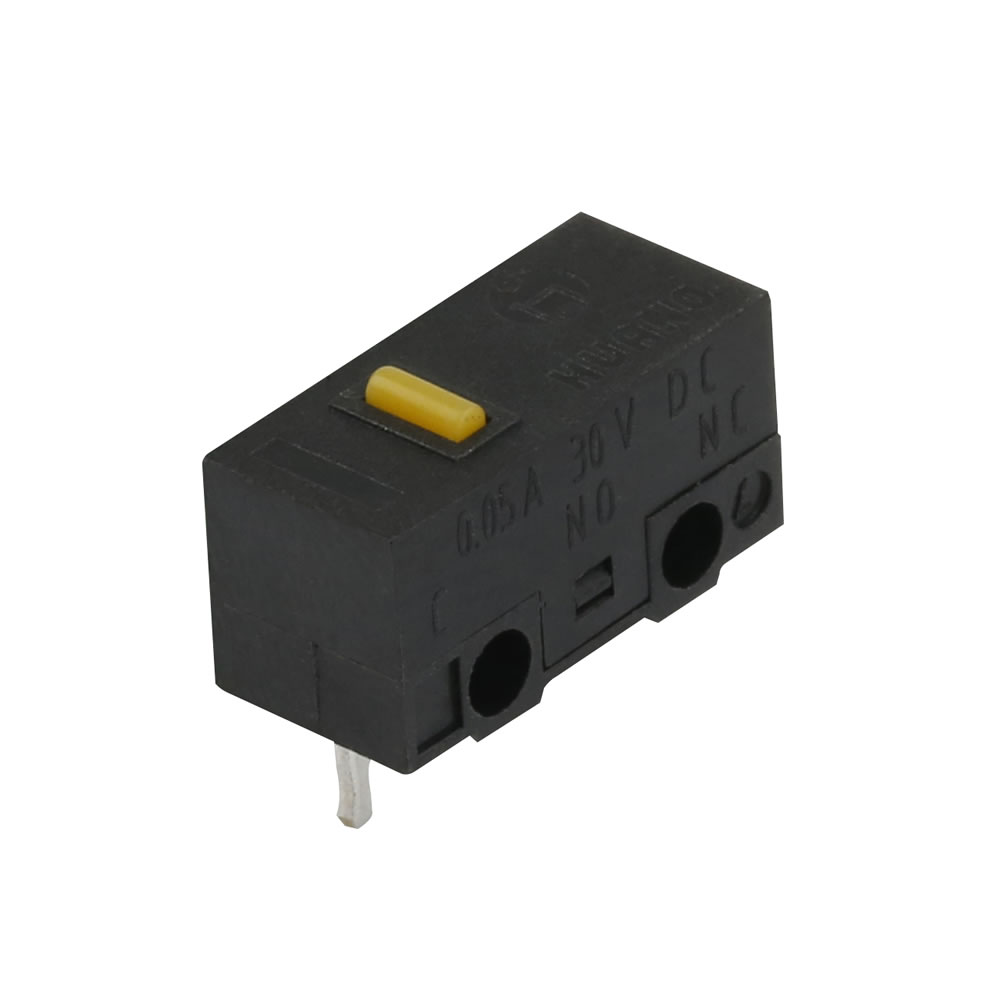

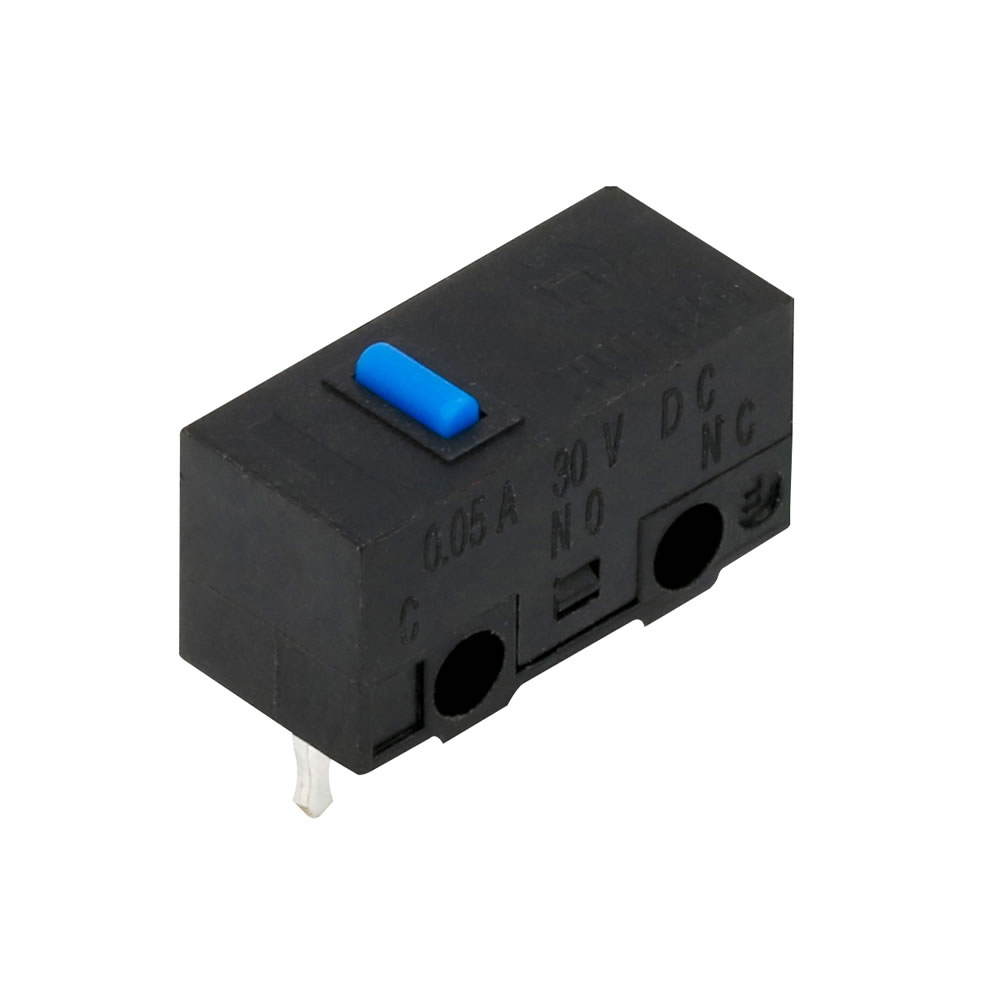
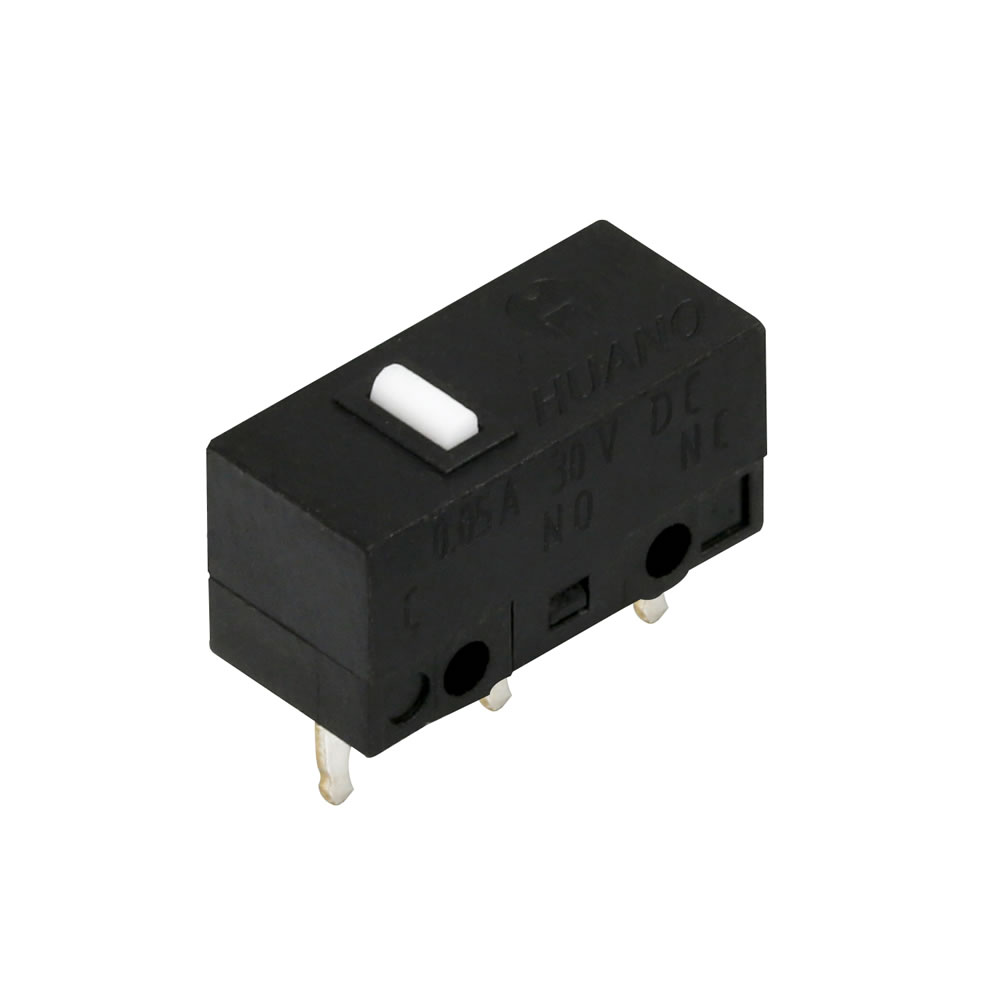
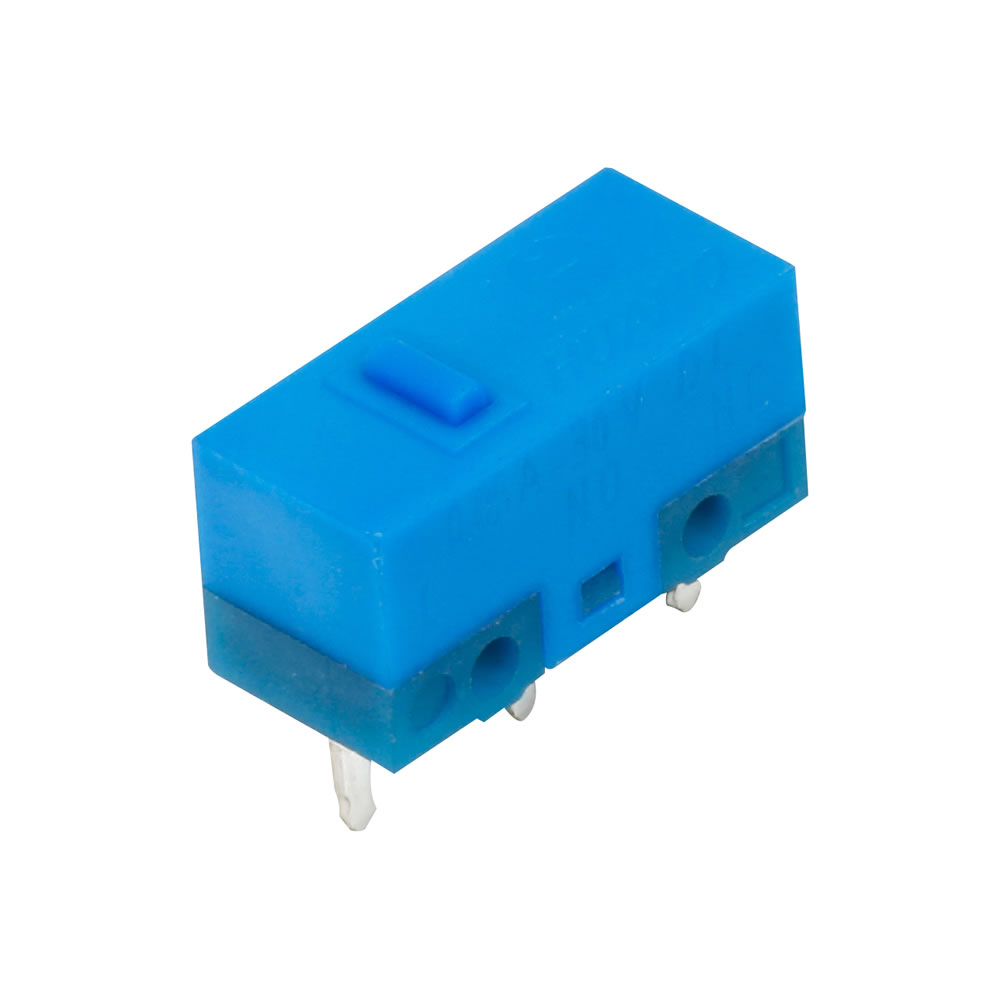
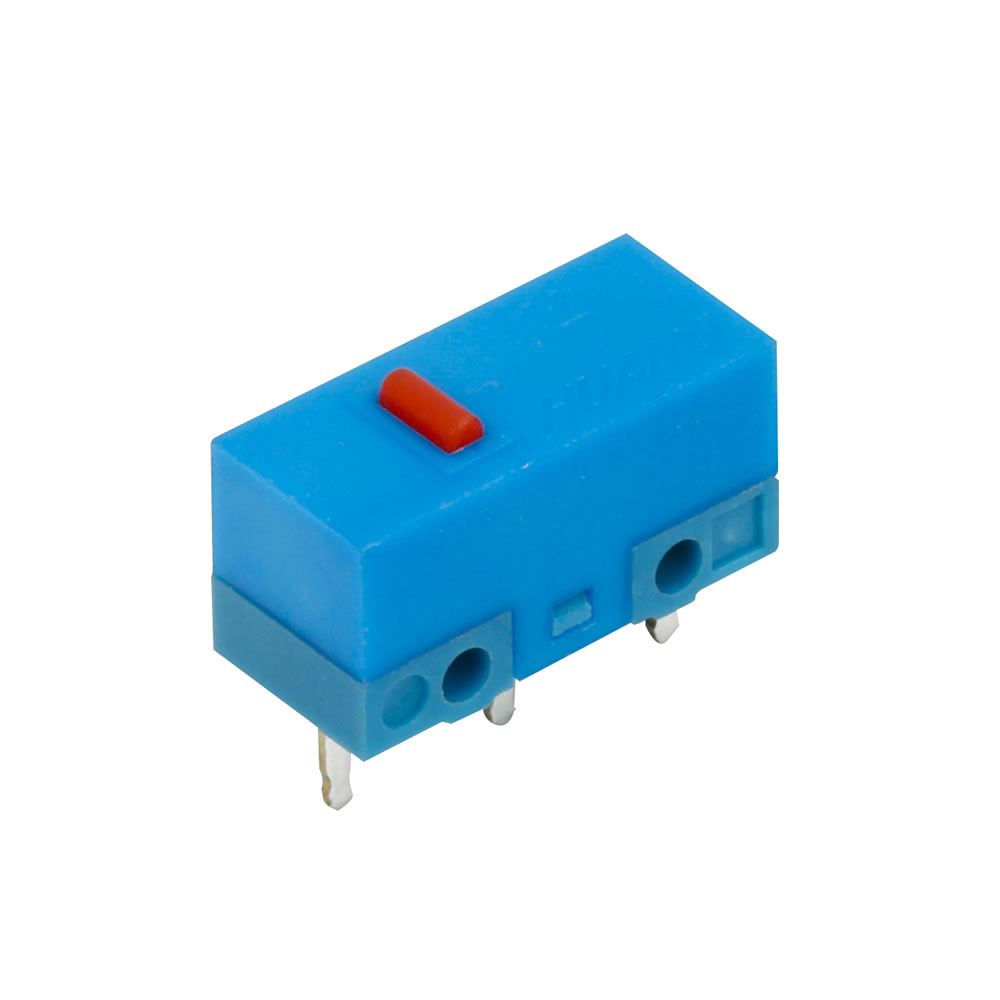
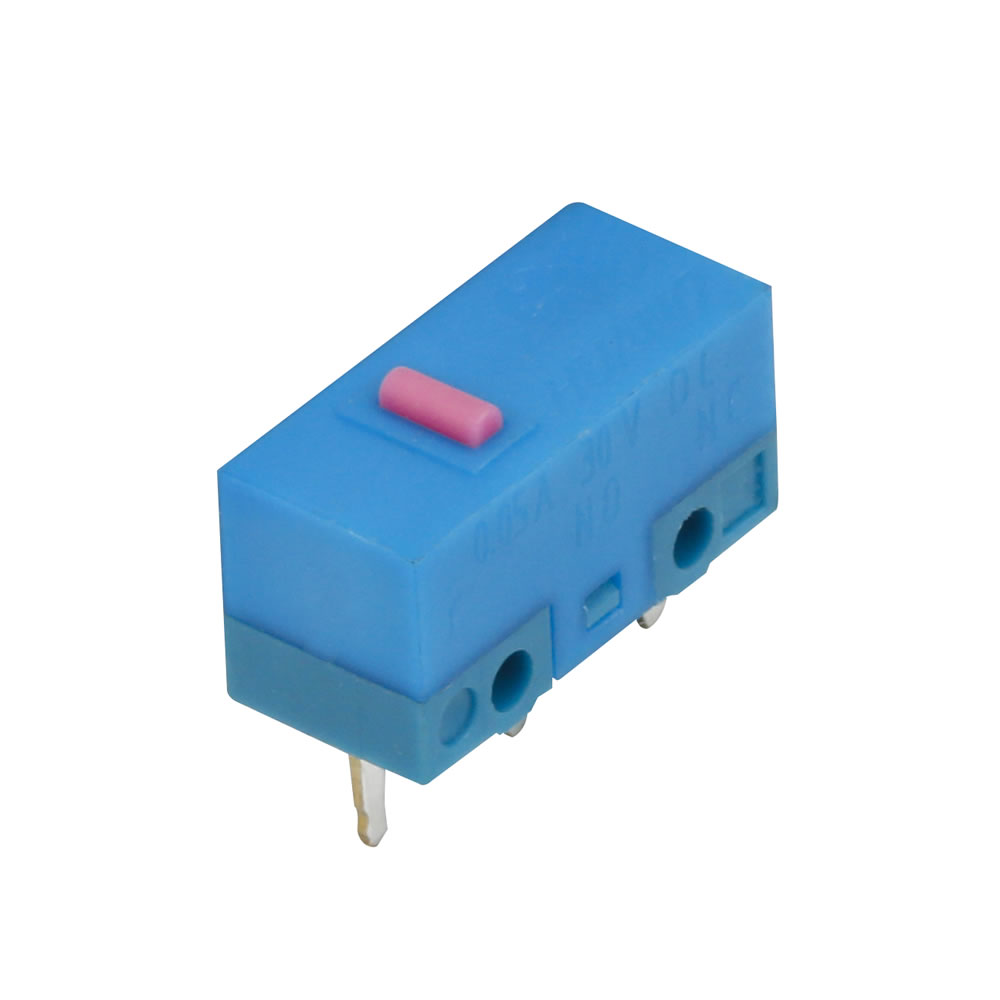
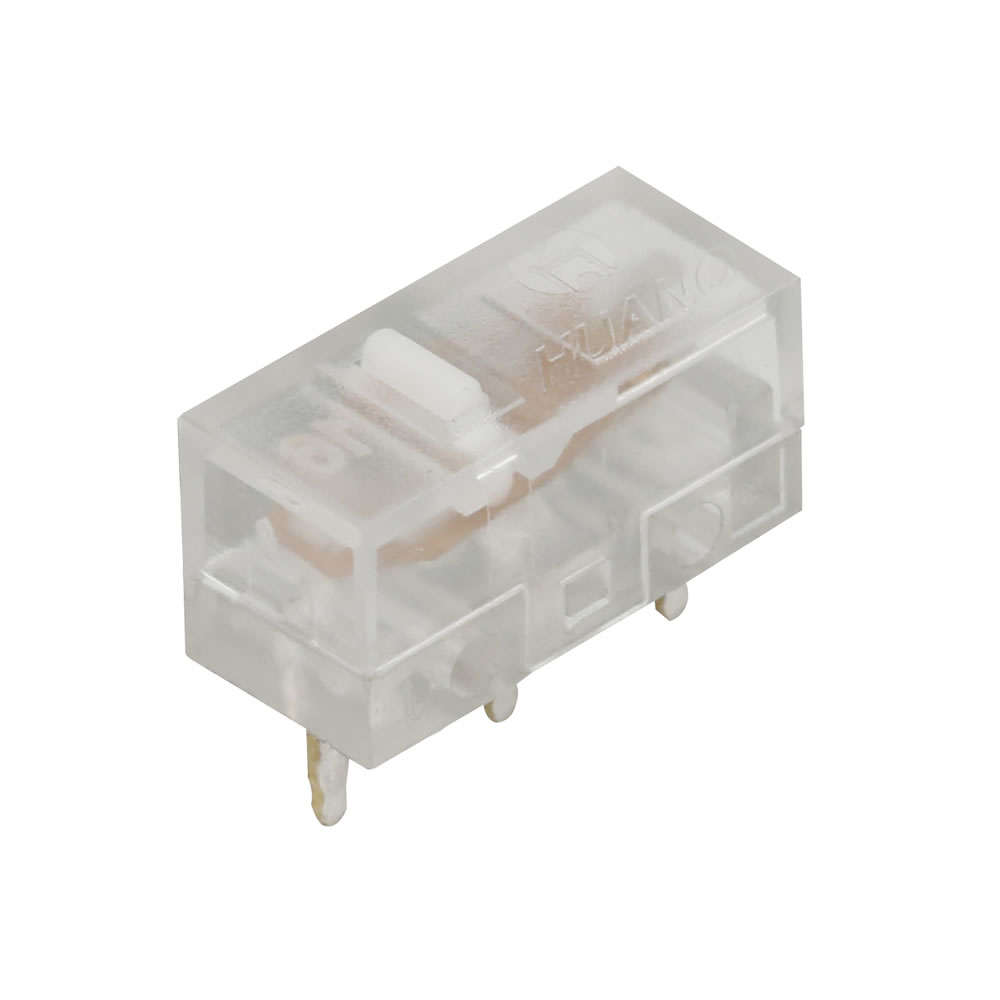
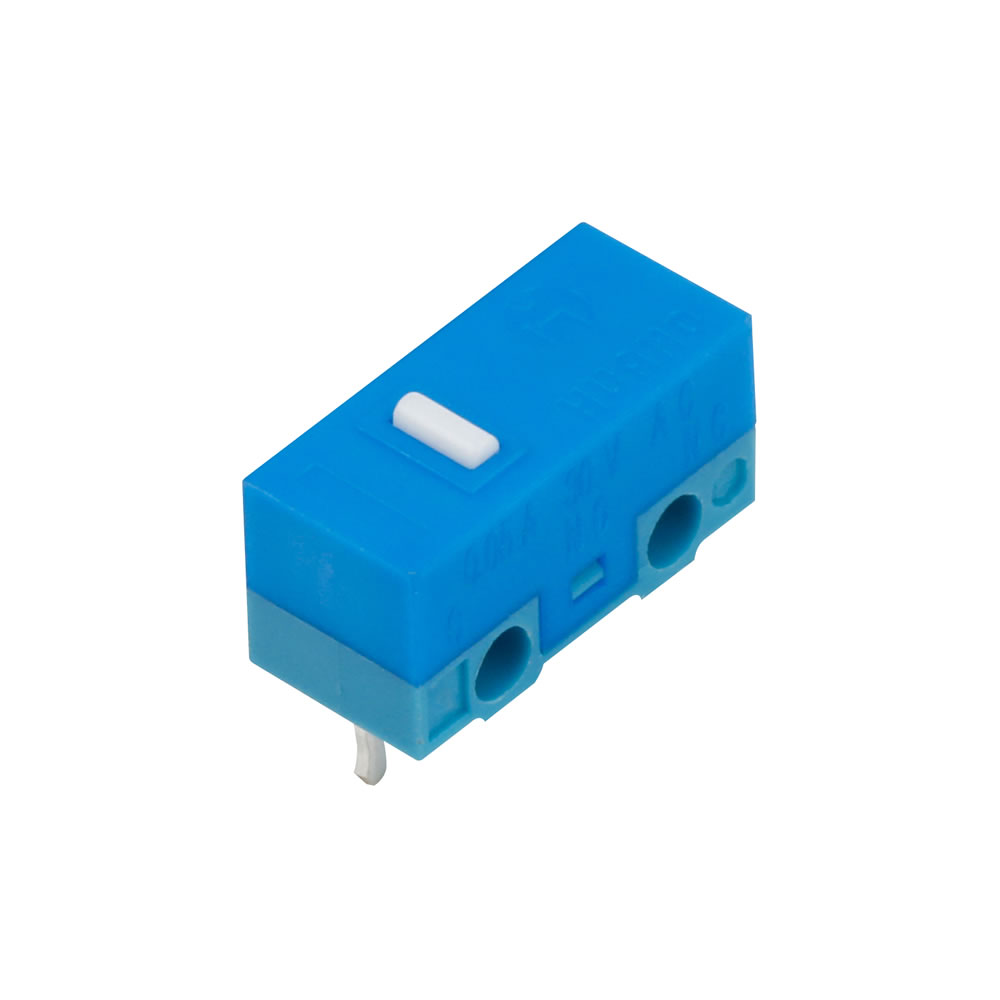
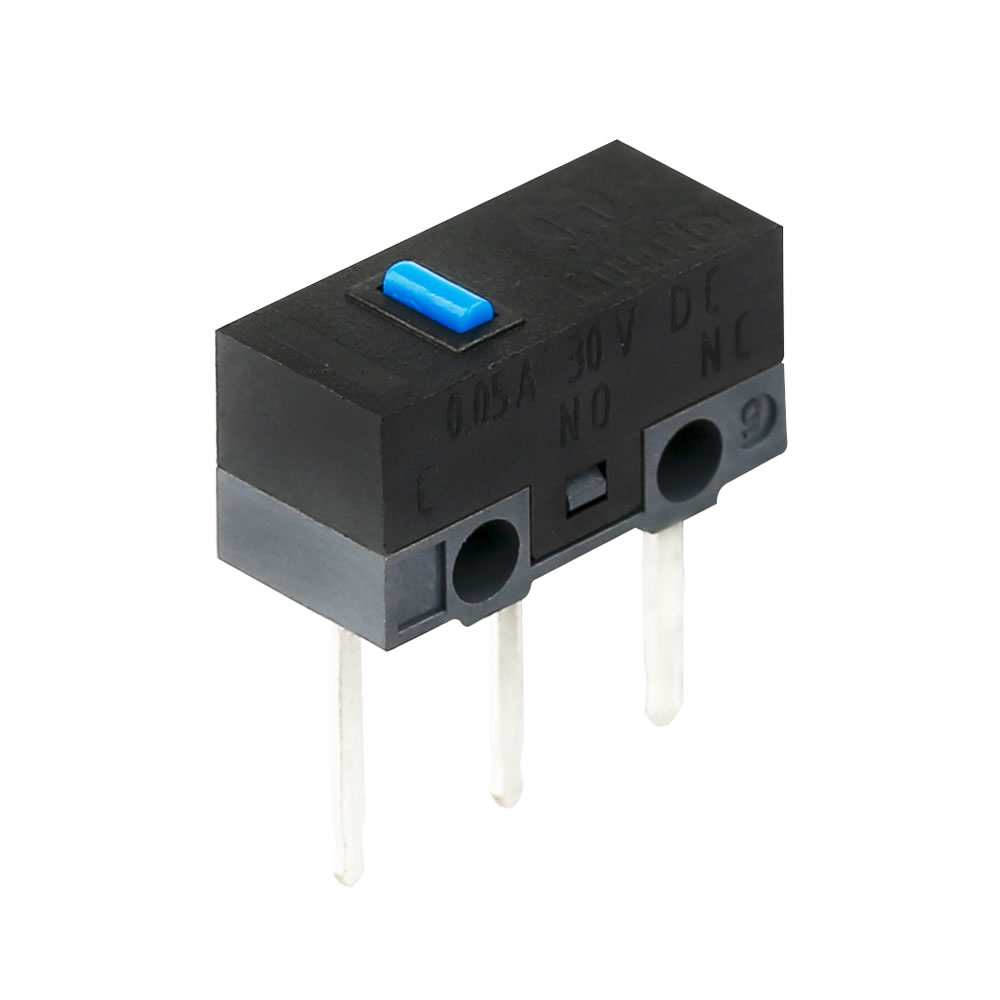
With Full Product Certification

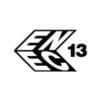


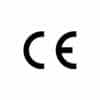



What is a Mini Micro Switch?
A micro switch, also known as a miniature snap-action switch, is an electromechanical device designed to open or close an electrical circuit in response to physical pressure or position changes. These compact switches are characterized by their ability to operate with minimal force while providing precise, reliable switching action.
The term “micro” refers not to the switch’s size (though they are indeed compact) but to the microscopic movement required to activate the switch. This minimal movement, combined with the distinctive “snap” action, makes these switches exceptionally reliable and gives them their alternative name: snap-action switches.
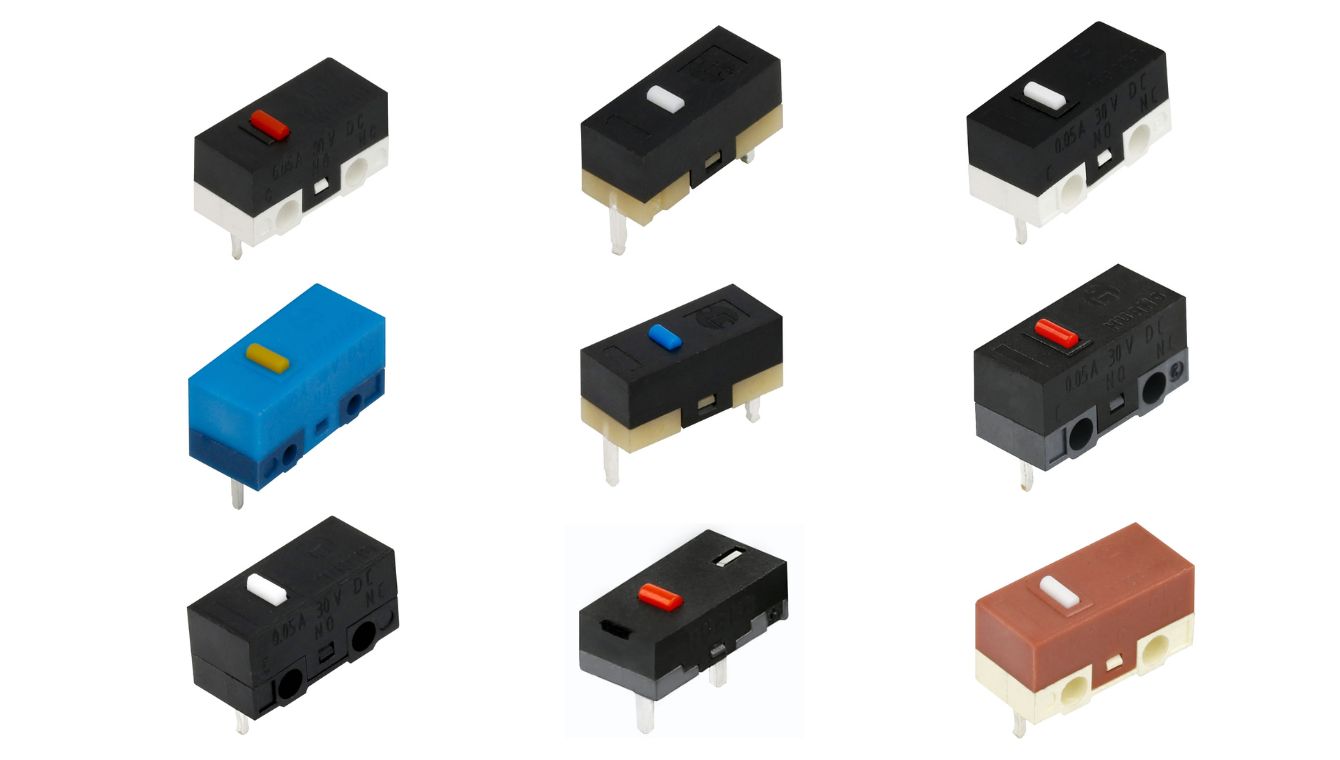
By Special Features
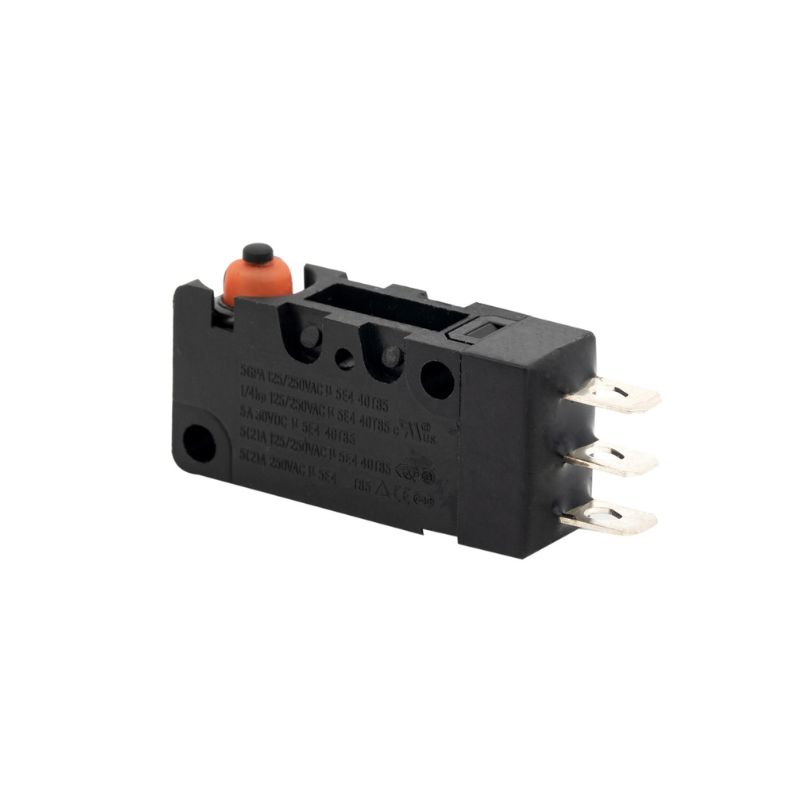
Designed with complete sealing against environmental factors, these switches offer excellent protection in harsh conditions. While they typically have lower current ratings, their environmental protection makes them invaluable in challenging environments.
- Applications: Corrosive environments, outdoor equipment, marine applications
- Advantages: Excellent environmental protection, resistance to moisture and contaminants
- Considerations: Lower current ratings, typically more expensive
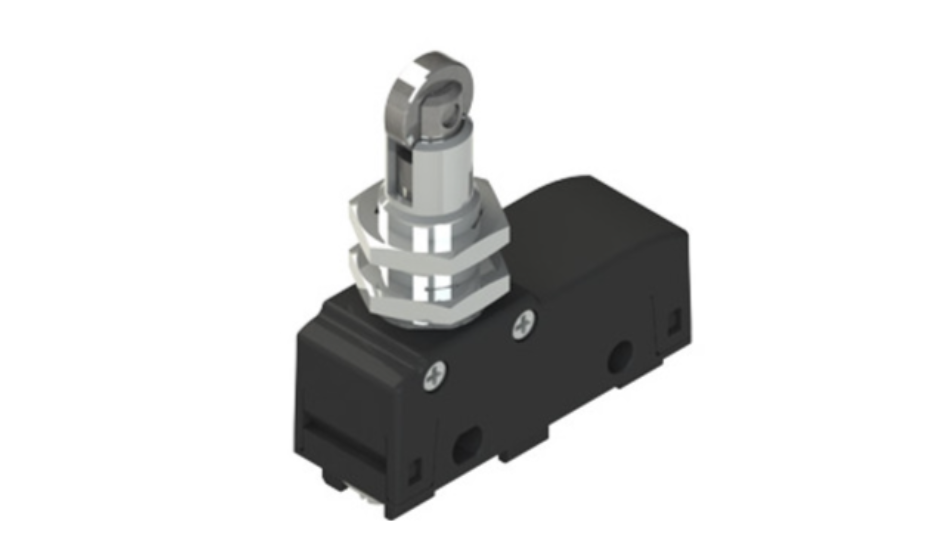
Engineered for higher current and voltage ratings, these robust switches are suitable for industrial applications and situations requiring frequent operation under load.
- Applications: Industrial equipment, power control, high-current circuits
- Advantages: Higher electrical ratings, robust construction, long service life under load
- Considerations: Larger size, may require more actuation force
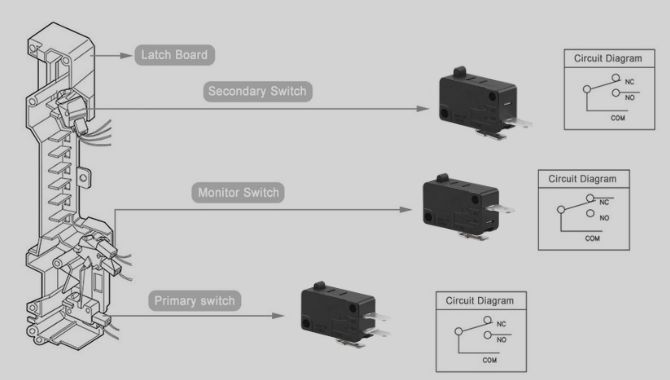
Specially designed with materials that can withstand extreme temperatures, these switches are essential in applications like ovens, furnaces, and industrial heating equipment.
- Applications: Ovens, furnaces, industrial heating, automotive engine compartments
- Advantages: Withstands extreme temperatures, maintains reliability in harsh conditions
- Considerations: Specialized design may limit other features

These specialized switches remain in their triggered state until manually reset, providing an important safety feature in applications where automatic restart could be hazardous.
- Applications: Safety systems, furnaces, equipment requiring manual restart after fault
- Advantages: Prevents automatic restart after fault conditions, enhances safety
- Considerations: Requires manual intervention to reset
Related Products
FAQs
Micro switches are commonly used in various applications, and people often have questions about them. Here are five of the most popular FAQs for Micro switches?
A micro switch is an electromechanical device with snap-action or slow-action functionality, designed to open or close an electrical circuit in response to physical pressure or position changes. These compact switches are characterized by their ability to operate with minimal force while providing precise, reliable switching action.
Micro switches come in various types including Single-Pole Single-Throw (SPST), Single-Pole Double-Throw (SPDT), Double-Pole Double-Throw (DPDT), and different actuator types such as pin plunger, spring pin plunger, hinge roller lever, rotating operation, leaf spring, and panel mount plunger micro switches.
Selecting the right micro switch involves considering electrical requirements (current/voltage ratings, AC/DC operation), mechanical considerations (operating force, actuator type), environmental factors (temperature, humidity, dust), and contact material selection. Match these specifications to your application’s specific needs for optimal performance and reliability.
Micro switches are smaller, more sensitive components that can be integrated into various devices, while limit switches are complete devices often containing a micro switch inside with additional housing and actuator. Limit switches are primarily used for position detection in machinery and typically offer more robust environmental protection.
High-quality micro switches are designed to last for millions of mechanical and electrical cycles. The exact lifespan depends on factors such as operating conditions, switching frequency, electrical load, and environmental factors. Under normal conditions, micro switches can operate reliably for 1-10 million cycles or more.
Standard micro switches are not suitable for wet environments without additional protection. However, hermetically sealed or waterproof micro switches are specifically designed for use in humid or wet conditions. These switches feature sealed housings that prevent moisture ingress, making them suitable for outdoor applications, marine environments, and washdown areas.
The operating force (OF) of micro switches varies widely depending on the design and intended application. Typical values range from as low as 0.5 ounces (14 grams) for sensitive applications to several pounds (kilograms) for switches designed to prevent accidental activation. The exact specifications are always provided in the manufacturer’s datasheet.




